Night Sky & Constellations
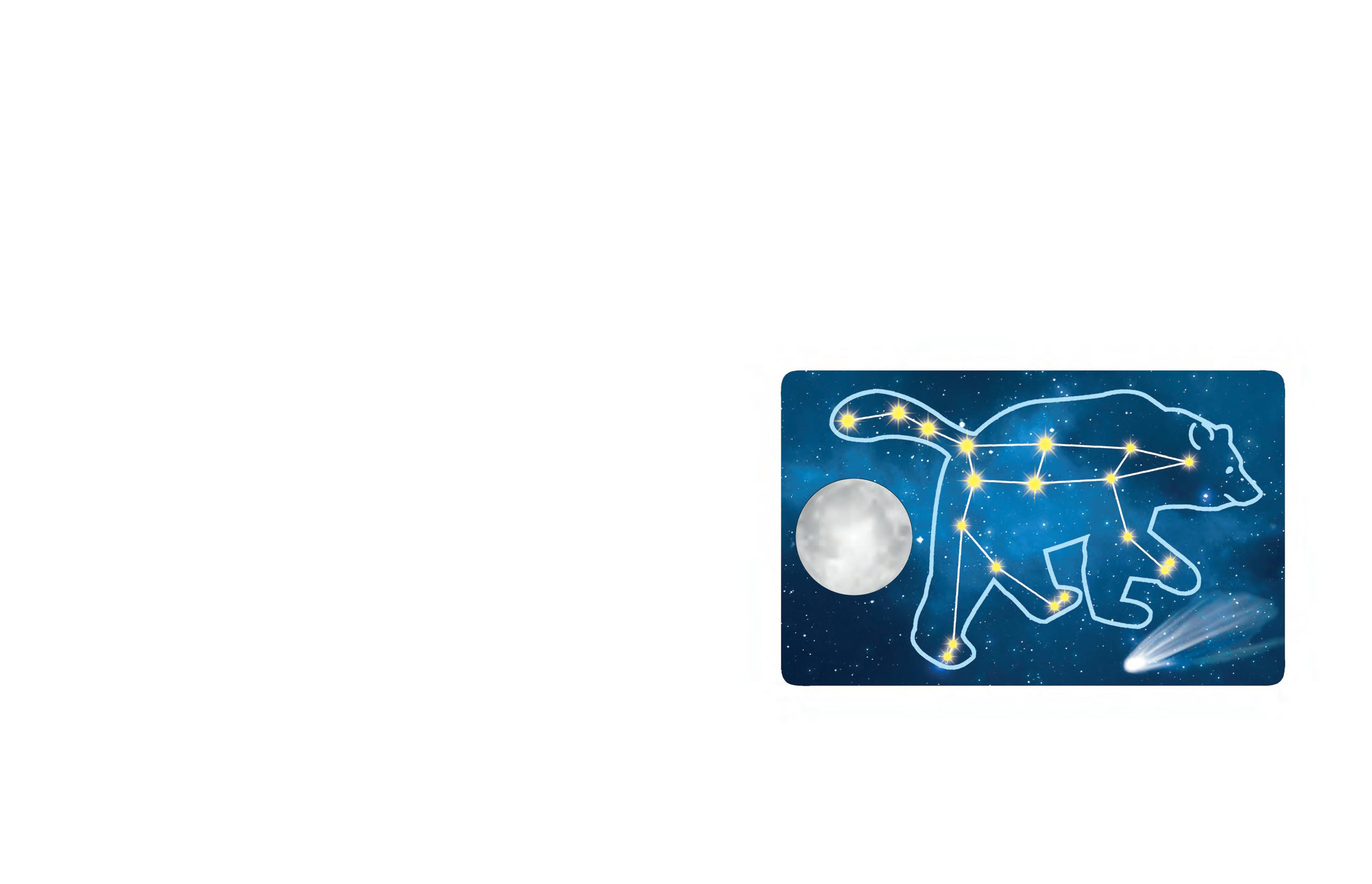
Turn out the lights to see the night sky
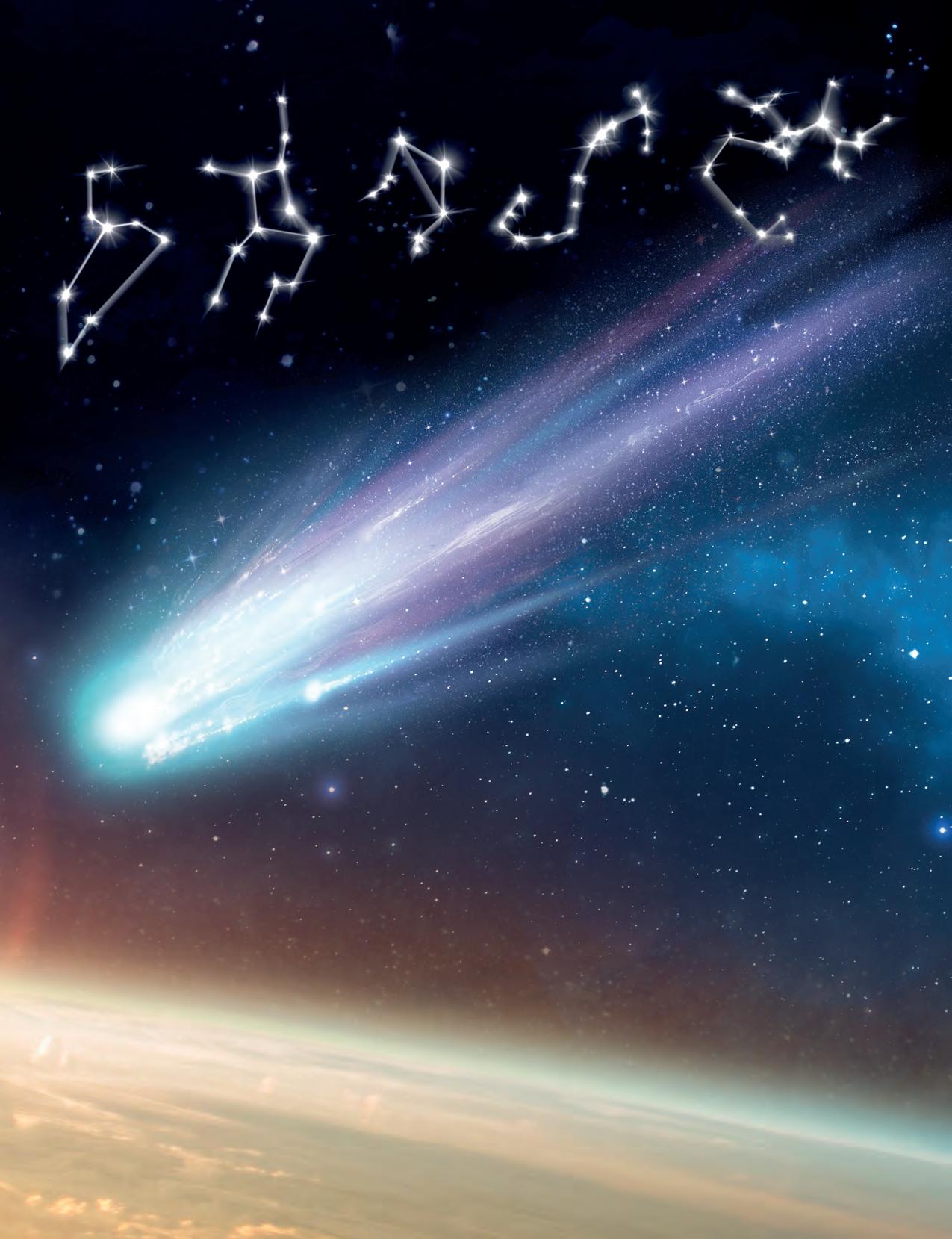
Glow in the dark Night Sky & Constellations
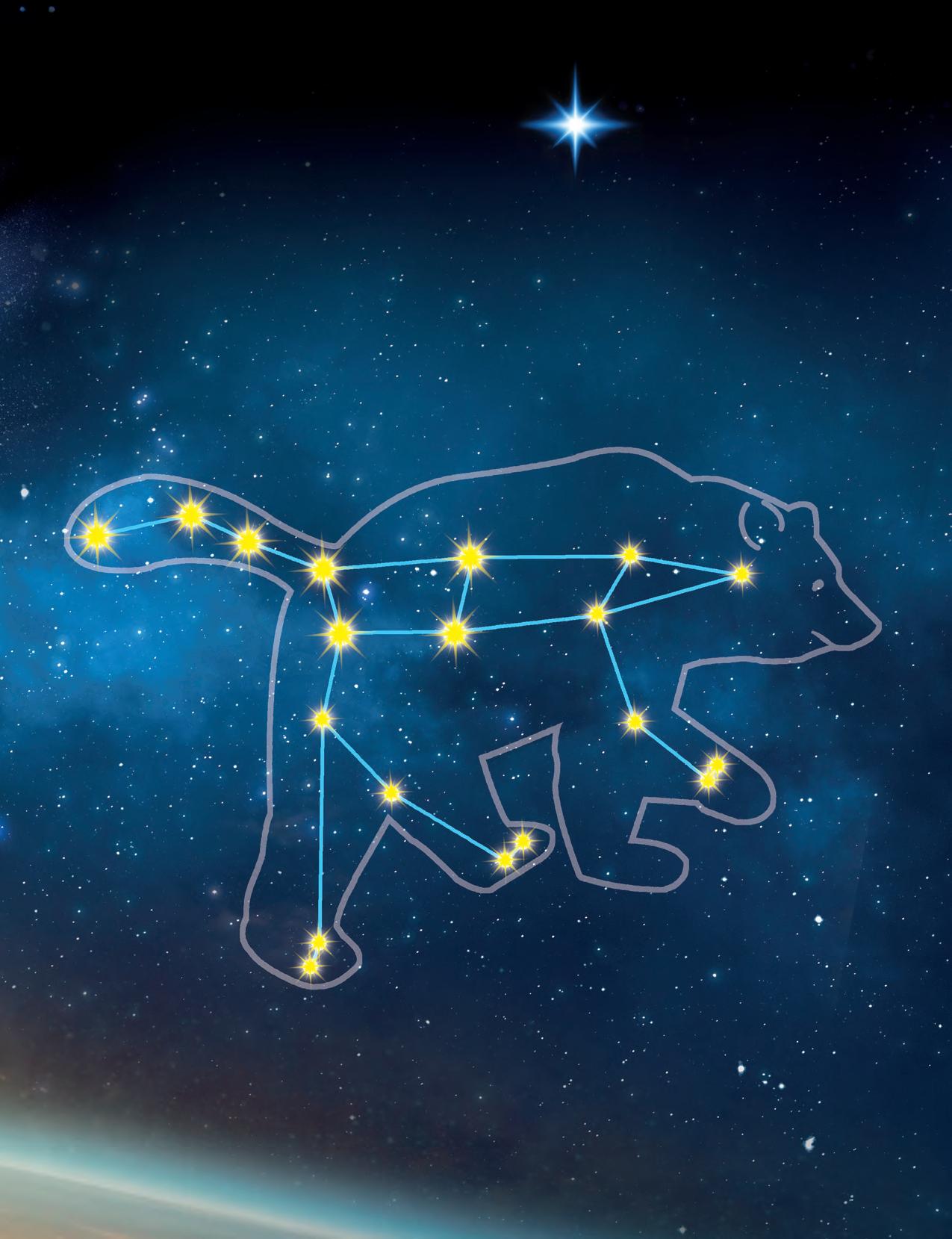
Turn out the lights to see the night sky
4 Studying the skies
5 Guiding lights
6 The stars today
7 Looking to the heavens
8-9 Shooting Stars
10-13 Naked Eye Planets
14-15 Nebula
16-17 Light years away
18-19 Phases of the moon
20-21 Northern Hemisphere
22-23 Star Hopping
24-25 Southern Hemisphere
26-27 Aquarius & Pisces
28-29 The Great & Little Bears

30-31 Aires & Taurus
32-33 The Eagle, Swan & Winged Horse
34-35 Gemini & Cancer
36-37 The Hunter, Great Dog & Sea Serpent
38-39 Leo & Virgo
40-41 The King, Queen & Hero
42-43 Libra & Scorpio
44-45 The Dragon, Toucan & Hare
46-47 Sagitarius & Capricorn
48-49 Lights in the sky
Studying the stars today
If you look into the sky on a clear night, away from city lights, you will see a beautiful ceiling of glittering lights above you. Most of them are stars, although you will soon discover that there are other objects shining down on you from space. Look for a while longer, and you will begin to see patterns and groups of stars, some brighter than others. These are the constellations that have fascinated humans for centuries.
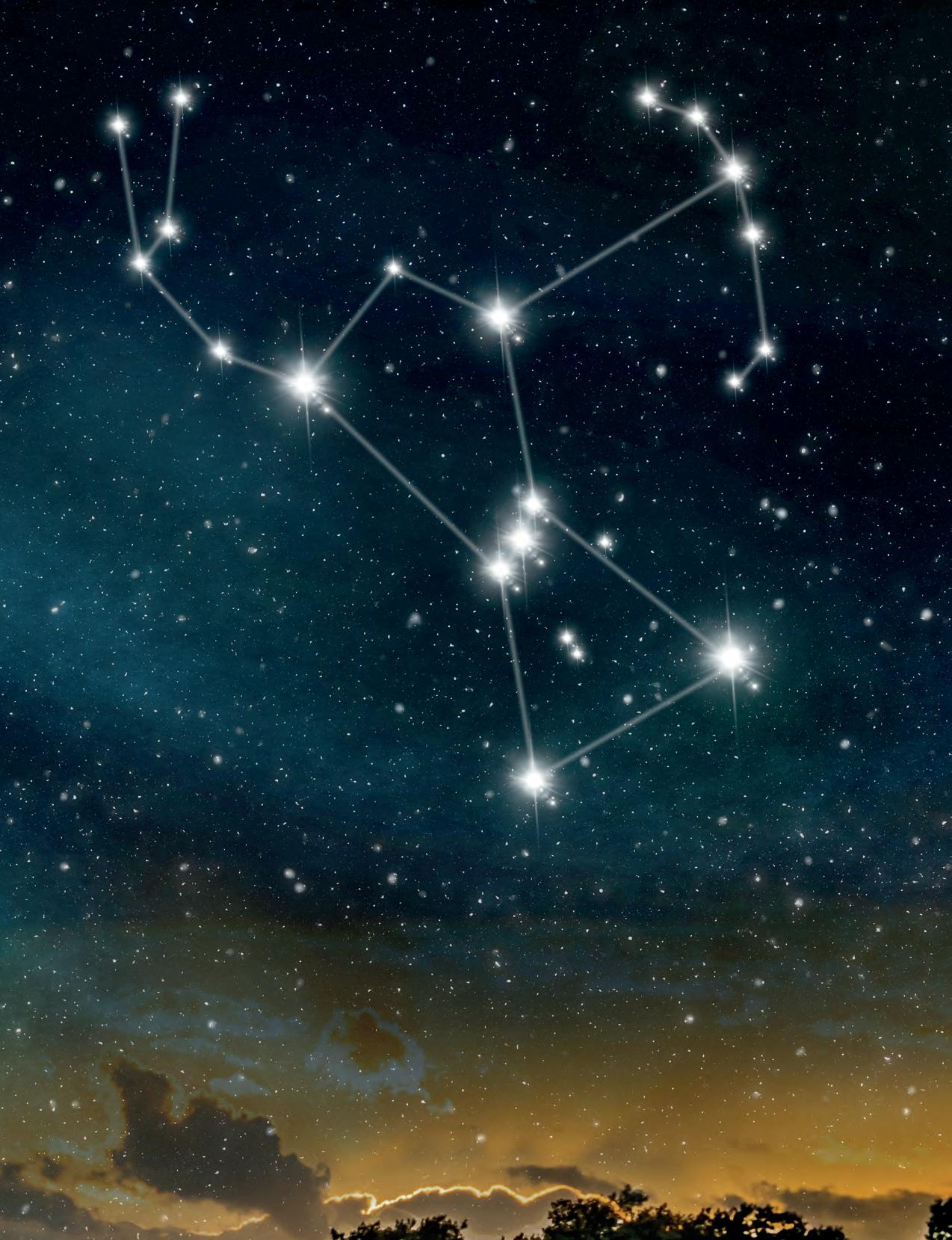
When you see a , hold the book close to a light for thirty seconds. Then turn off the lights to see the pages glow!
Studying the skies
Ancient stargazers joined the stars like a dot-to-dot puzzle to form figures and objects in the sky. They named them after animals, gods, and characters from myths and legends. They recorded what they saw on cave walls and, later, on beautifully illustrated star maps. In Ancient Greece in the second century, an astronomer named Ptolemy listed 48 constellations which we still recognize today.
Ancient astronomers watched the night skies closely. They noticed that the shining objects split into two groups. Some—the star constellations—stayed in the same patterns all the time. They moved across the sky from dusk to dawn, but never changed position with each other. Others, which they called wandering stars, moved from week to week. These, they discovered, were other planets orbiting our Sun.

. Ptolemy believed that the stars, planets and Sun revolved around the Earth.
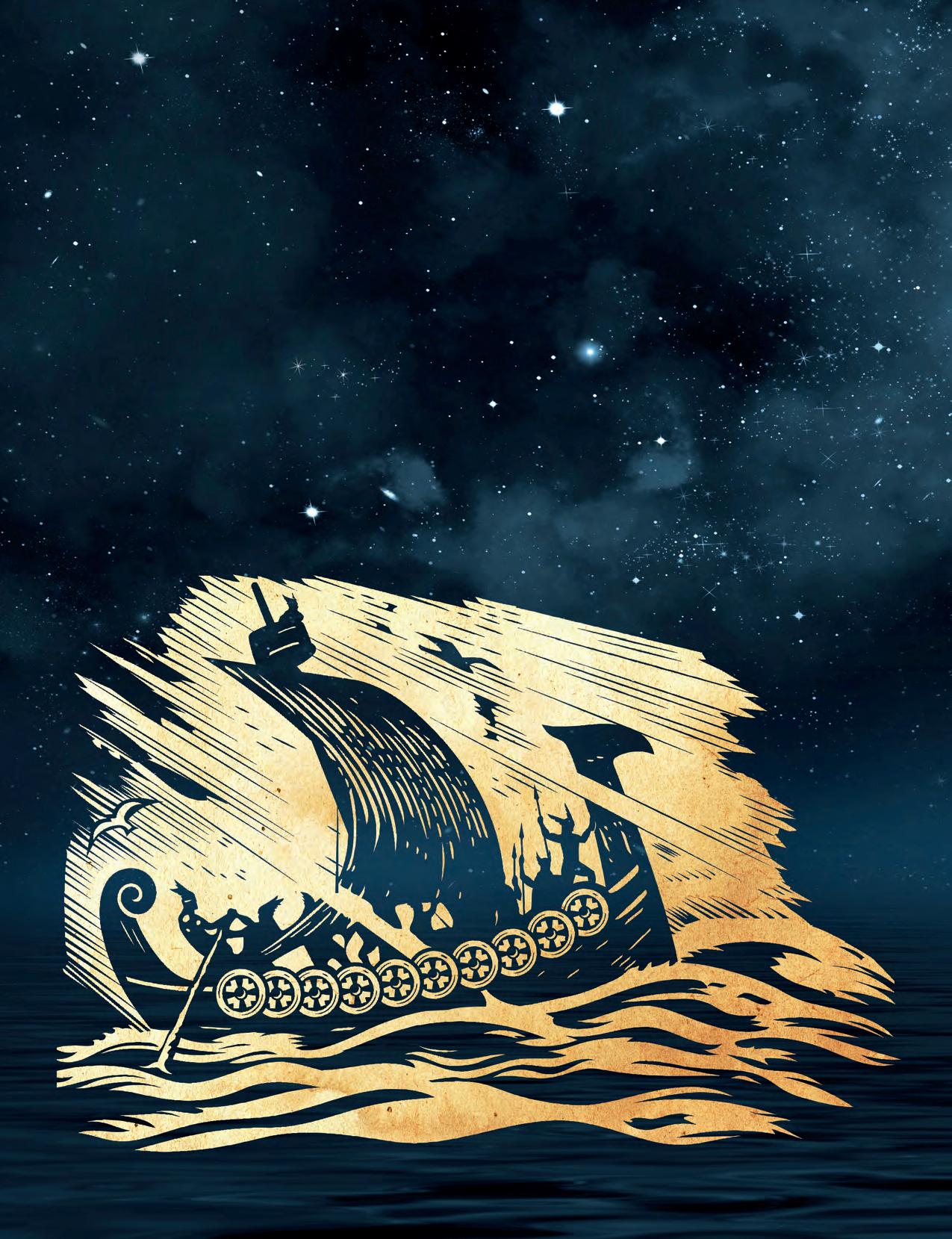
guide them.
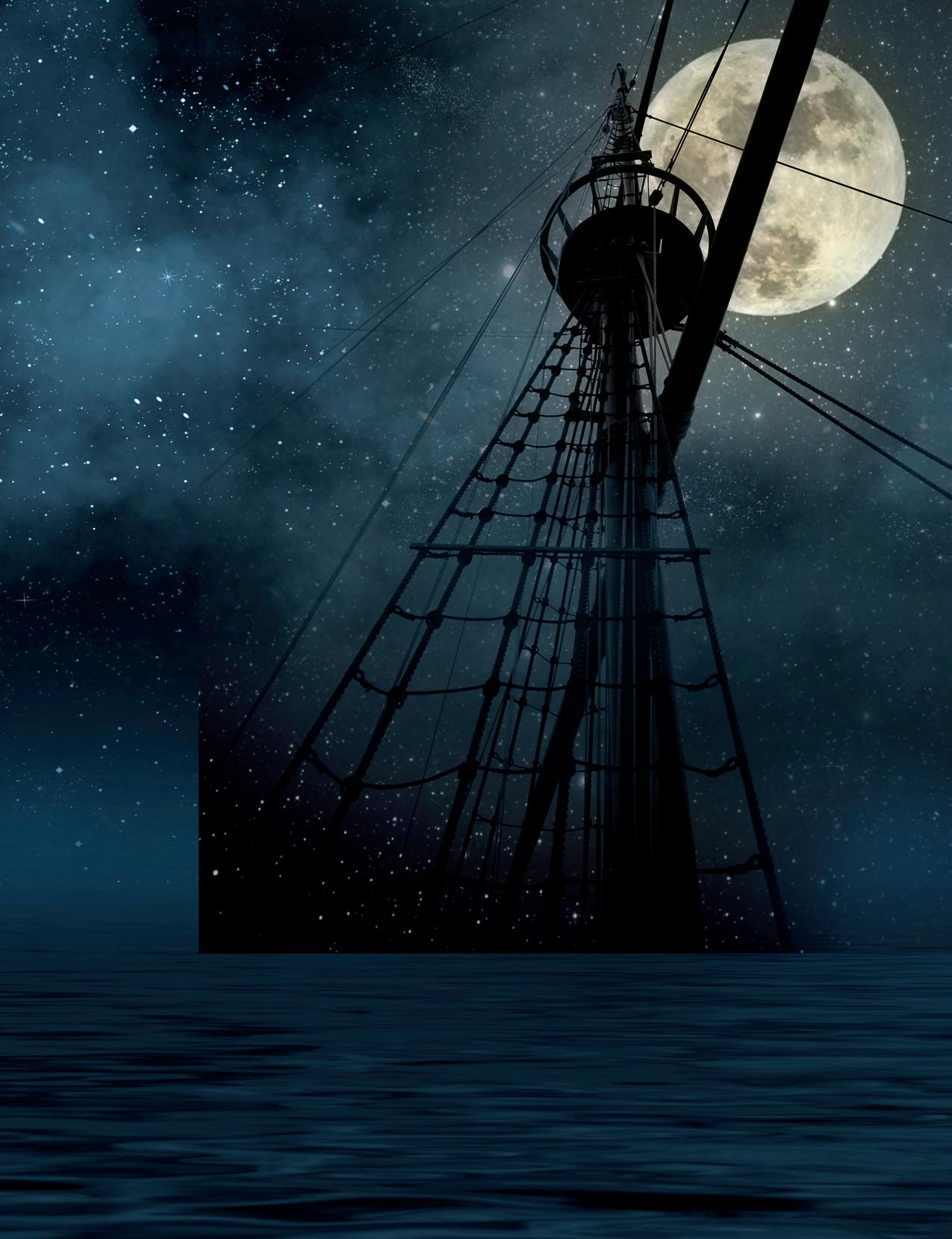
Guiding lights
It wasn’t only astronomers who studied the heavens. Ancient explorers and seafarers used the position of the stars to navigate across vast areas of land and sea. Finding the right stars would tell them if they were heading north or south, or sailing east or west.
Tracking the movement of the stars through the months could let farmers know about the changing of the seasons, and when to sow seeds or harvest their food. Ancient Egyptian astronomers used the bright star Sirius to warn farmers of the annual flooding of the River Nile, which prepared the soil for their crops.
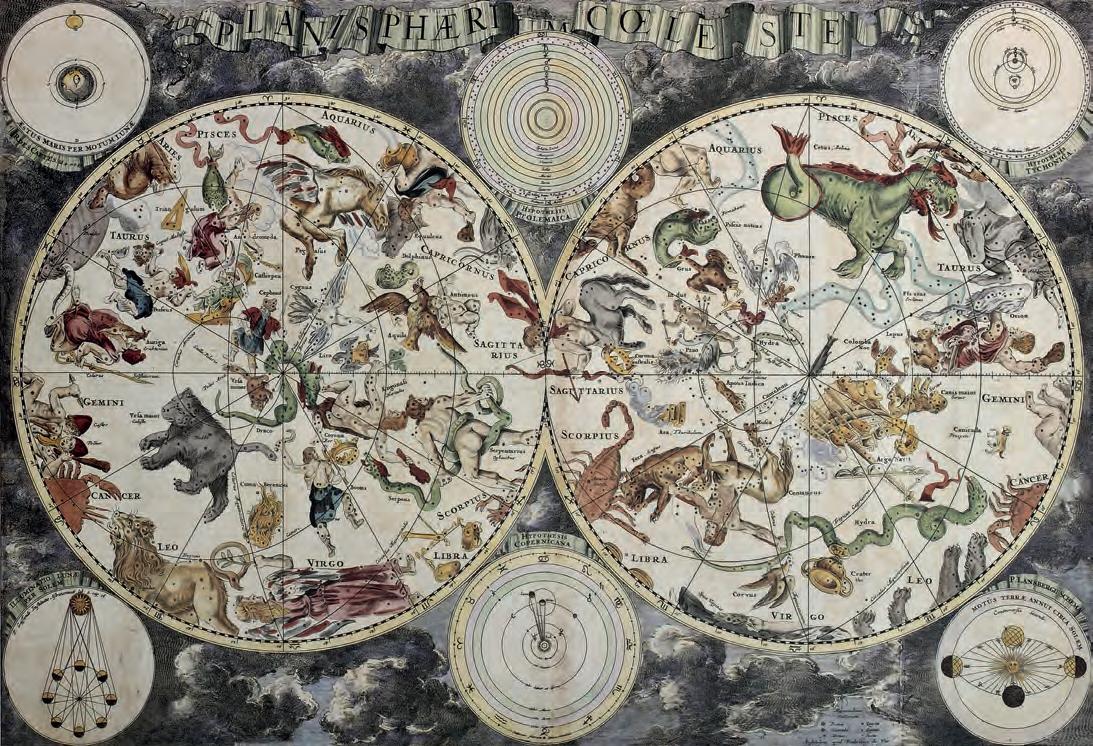
This old sky map shows constellations that can be seen in the northern and southern skies.
The stars today
We can still identify the constellations that Ptolemy listed so long ago. In addition, modern astronomy has filled the gaps between them. There are now 88 constellations recognized by the International Astronomical Union (IAU).
The best views are in a clear, dark sky, but that can be tricky. Modern lighting causes “light pollution” which covers up a lot of the dimmer stars and sights. Large, brightly-lit cities such as Las Vegas create a glow that can be seen from around 200 miles away and conceals a lot of astronomical spectacles.
Las Vegas at night.
Many celestial (space) bodies can be seen with the naked eye: the Sun, the Moon, stars, planets, and other things flying through the sky. You can study them more closely with binoculars or a telescope, but you will need practice to line them up in the viewfinder as you will focus on a much smaller piece of the sky.

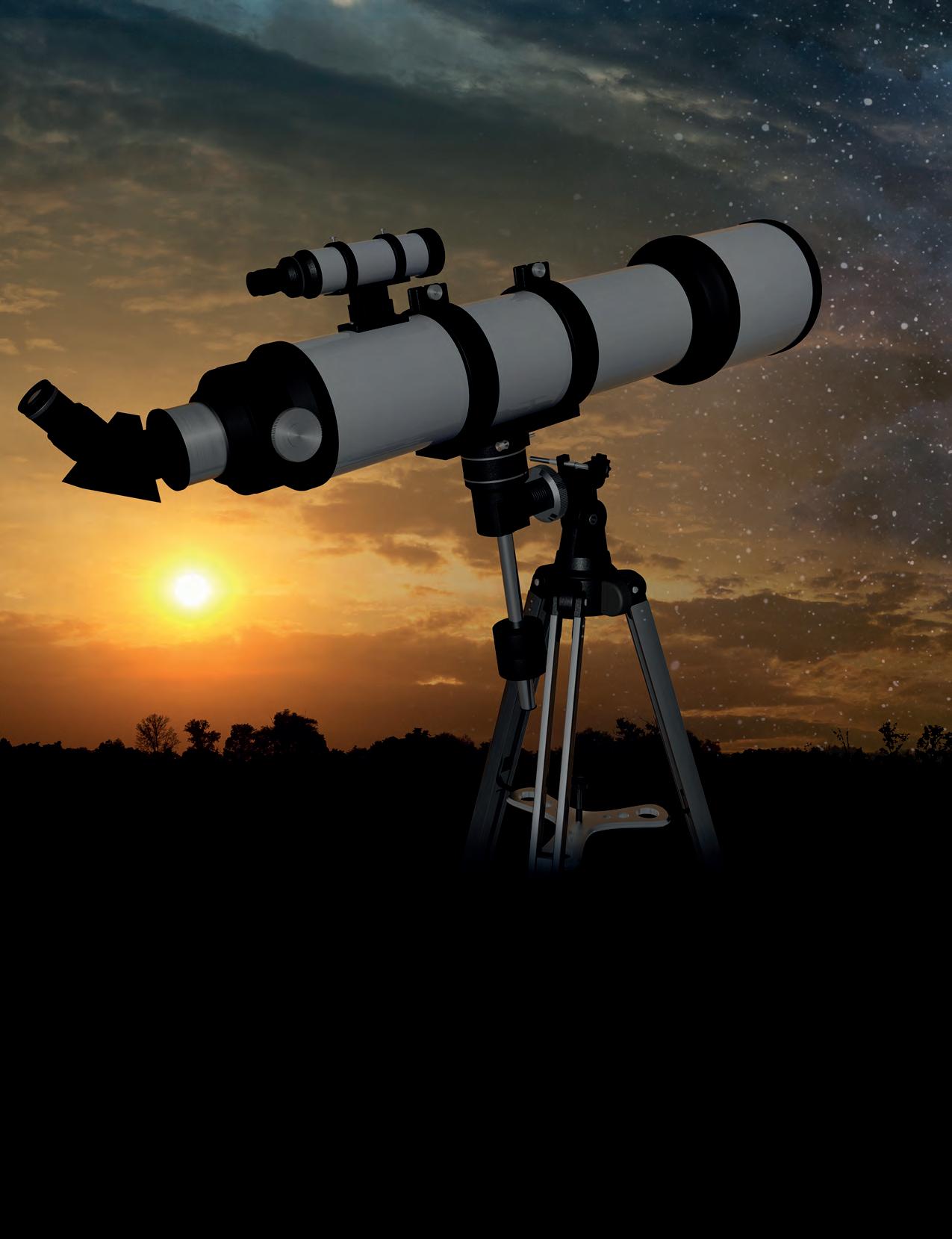
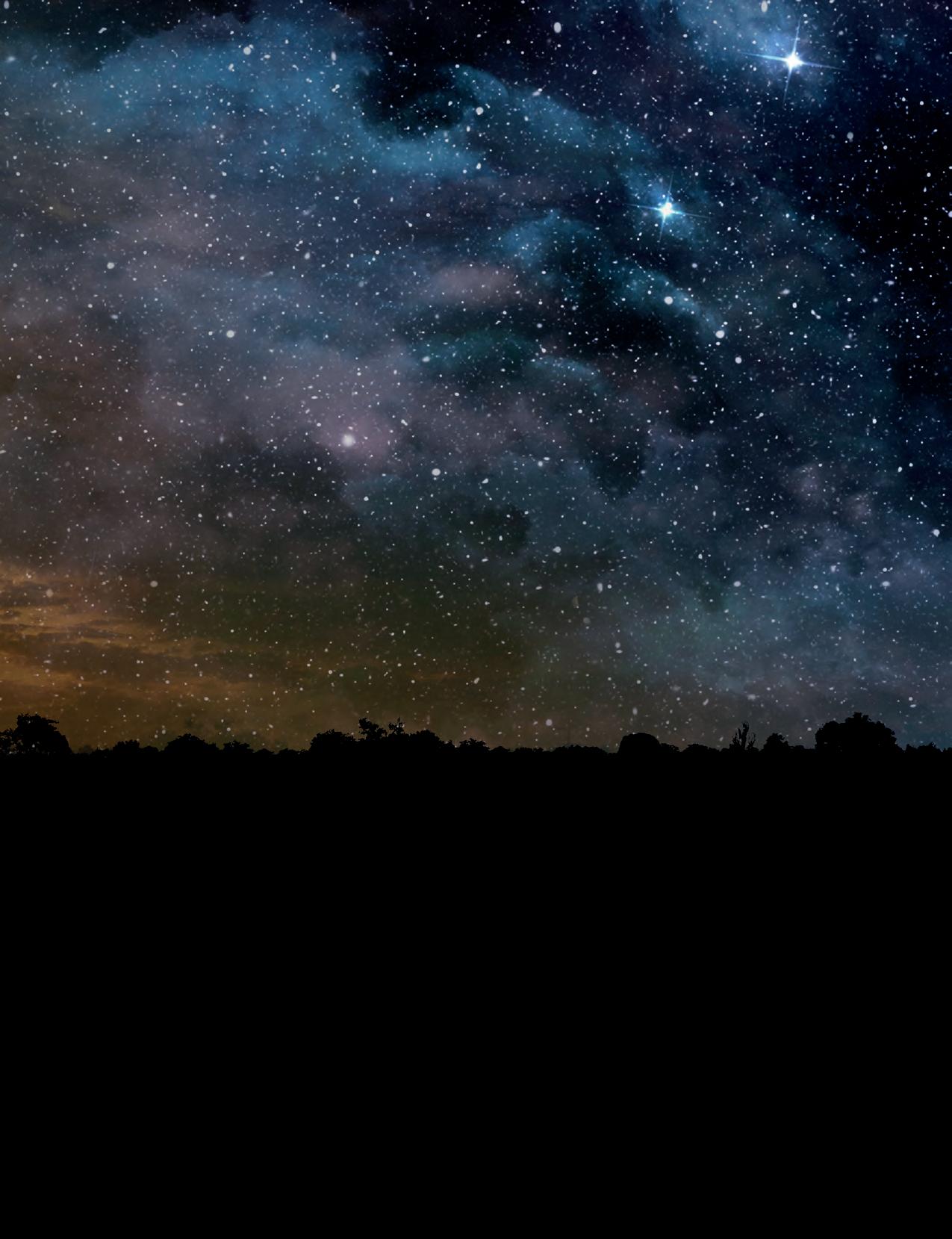
Astronomical chart of the northern hemisphere.
Looking to the heavens
The stars appear to track across the sky and change position. They aren’t moving; we are! The Earth’s rotation (around its own axis) and orbit (around the Sun) mean we get a different view over the course of one night, and through the year. Some constellations are always visible, while others get blocked by the light of the Sun and can only be seen in certain months. Certain stars can only be seen from the Northern hemisphere, while others are Southern stars.
Shooting stars
As you gaze up at the constellations, you may be lucky enough to see a flare of light flash across the sky. These are meteors, and they can be faint or quite bright, even with the naked eye.
Meteors
A meteor starts as a tiny speck in space. It can be a piece of rock or dust as small as a grain of rice. If it enters the Earth’s atmosphere it heats up and glows, often for only a second. A trail of hot gas follows behind it.
Sometimes, the Earth passes through a cloud of dust created by a comet. Lots of the particles enter the atmosphere and burn up, creating a meteor shower. These showers often occur at the same time each year, so you can investigate when the next one will happen, and be sure to head outside for a night of shower gazing!
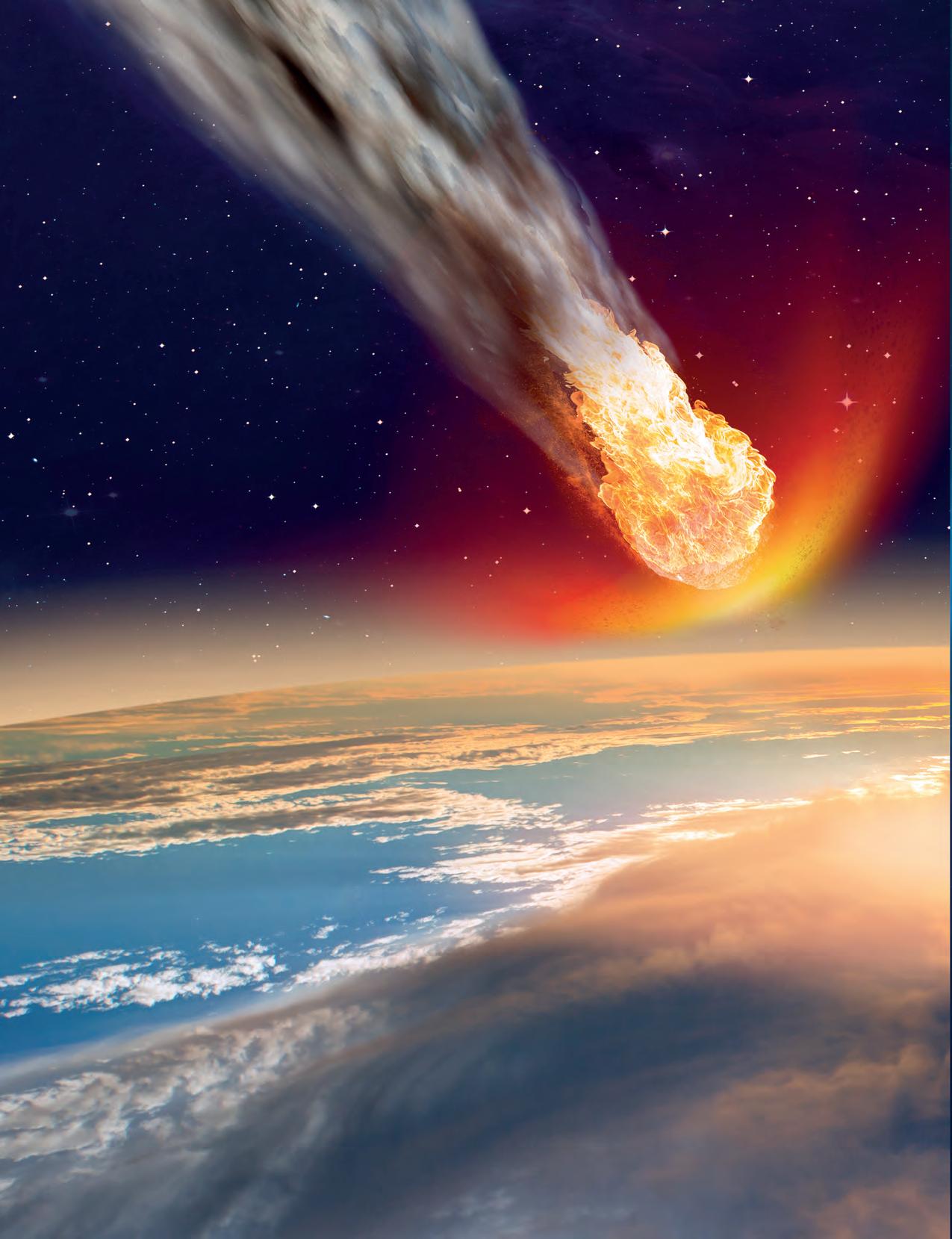
A small, dense cloud of dust creates a meteor storm
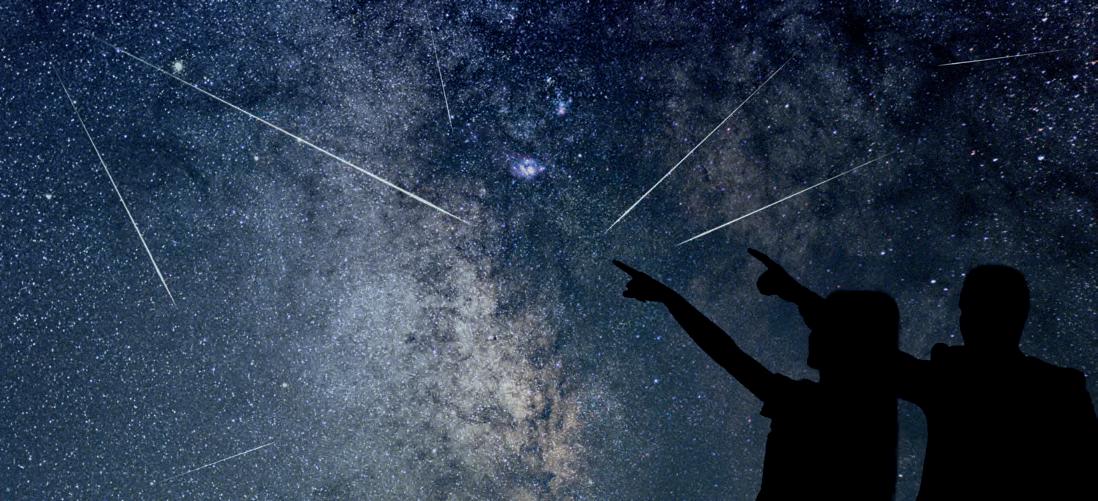
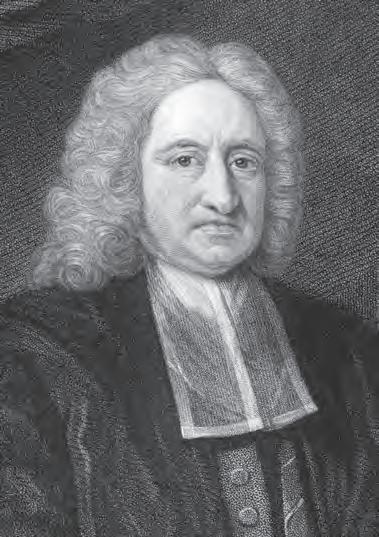
Edmond Halley (1656–1742) has a naked-eye comet named after him.
Comets
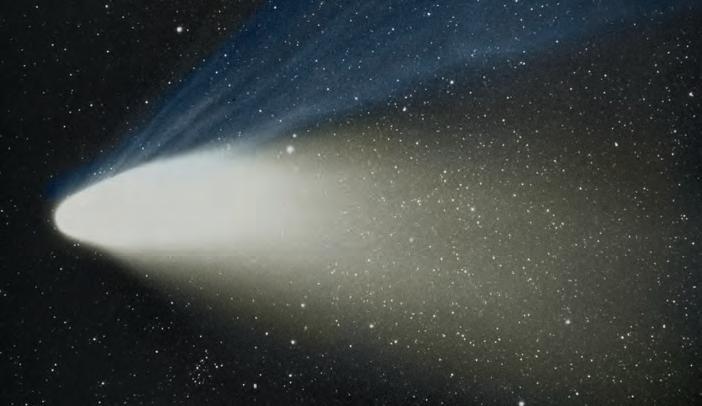
Comet Hale-Bopp could be seen for 18 months between 1995 and 1997.
A comet is much bigger and farther from the Earth than a meteor. It is made of ice and dirt which is heated by the Sun. This allows gas and particles to escape, which form a tail. Comets move very slowly and are often difficult to see without a telescope. Sometimes they make a bright flare, but many look like a faint, fuzzy star.
Comets orbit the Sun, but in fairly chaotic paths. Astronomers study individual ones to determine when they will pass close enough for us to see. Some appear periodically, such as Halley’s comet (seen roughly every 76 years) and Encke (which passes every 3.3 years).
Star trails over the North Pole

Star trails
The Earth’s rotation around its axis can be seen by photographing the stars at the North or South Pole. The camera has to be set up to allow light into the lens for as long as possible, sometimes hours. As the Earth moves, the stars appear as streaks in the sky.
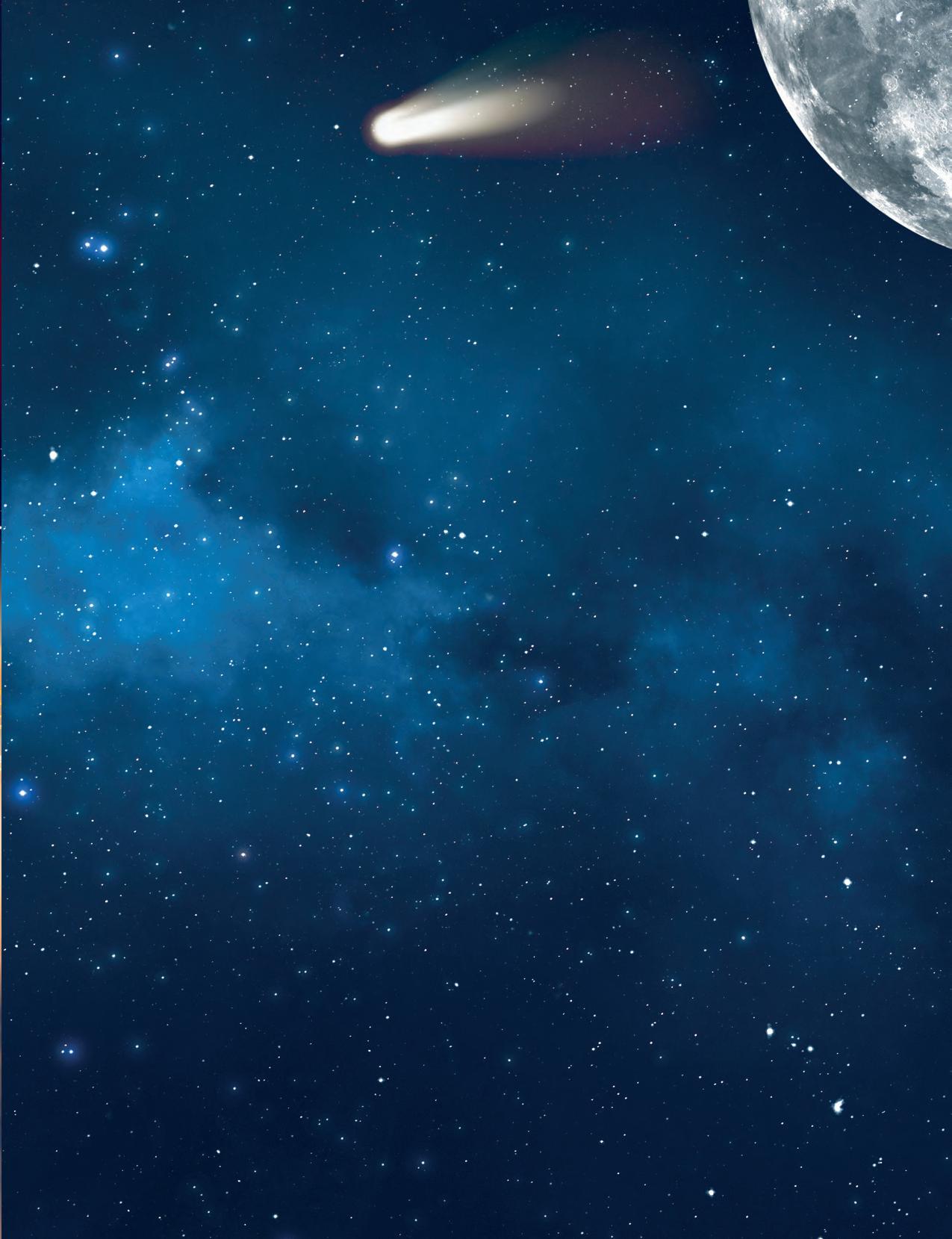
Naked eye planets
Of the seven other planets in our solar system, the five brightest (Mercury, Venus, Mars, Jupiter and Saturn) are visible to the naked eye. Ferae sus et occum, essitiam voluptatus, unto inia quia que lacimin ctoria vidigen deliquidunt mos doluptatat ut id ut fugit re, consequam, quamus sequis dolupti onsedio nserum fuga.
Venus
NamObis molore comnienem quaepel itiundaere soles nis estibus nus verciendion es sunt aut la ist ommosam, simin eos provit qui aspedi blab ipiti diciis inctotasi omnis nos pedisque porporum dolupta dit, ipicidellest pratur sitam rescipita aut ius remporibus id ut il in nescilicilis aut ut digenist et is solupta dolutem quibusam il iumquidi doluptatur assinctio. Natendae. Evellab ipiet omnis aliquis seceptae vollign imporem ium harunt
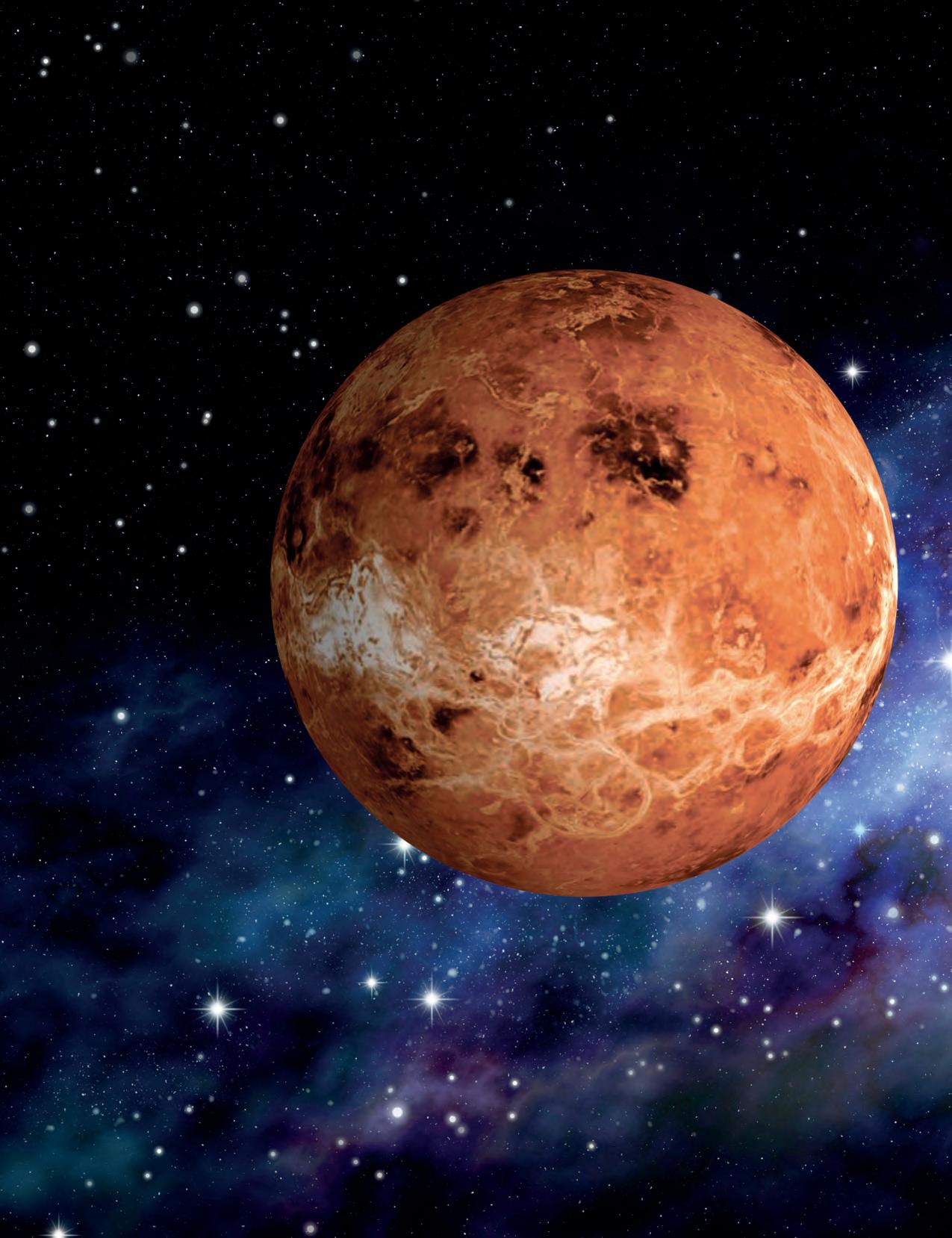
The moon and venus shine bright in the early morning dawn.
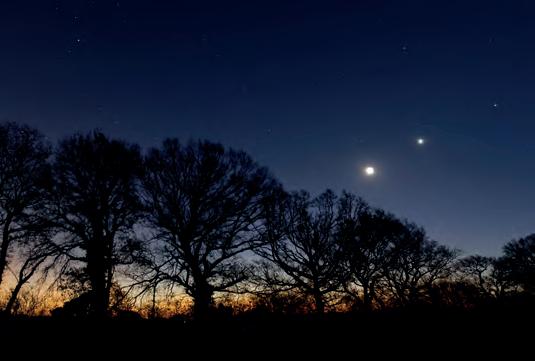
Sequam harumqui dolor alignatiamus re, voluptas eni que laces aut reiunt faces adi dolore non rem ipsum doluptatium quam dolorecepro omnimil iquodiciis es endem. Ti dene derchicabo. Axim hilla quia voluptatur, sitati omniscimusae rem quaectet od qui dio quo diteces re endamus anditium con nam fugiatur sit etur archil es molorestia sinvellecum.
The Solar System
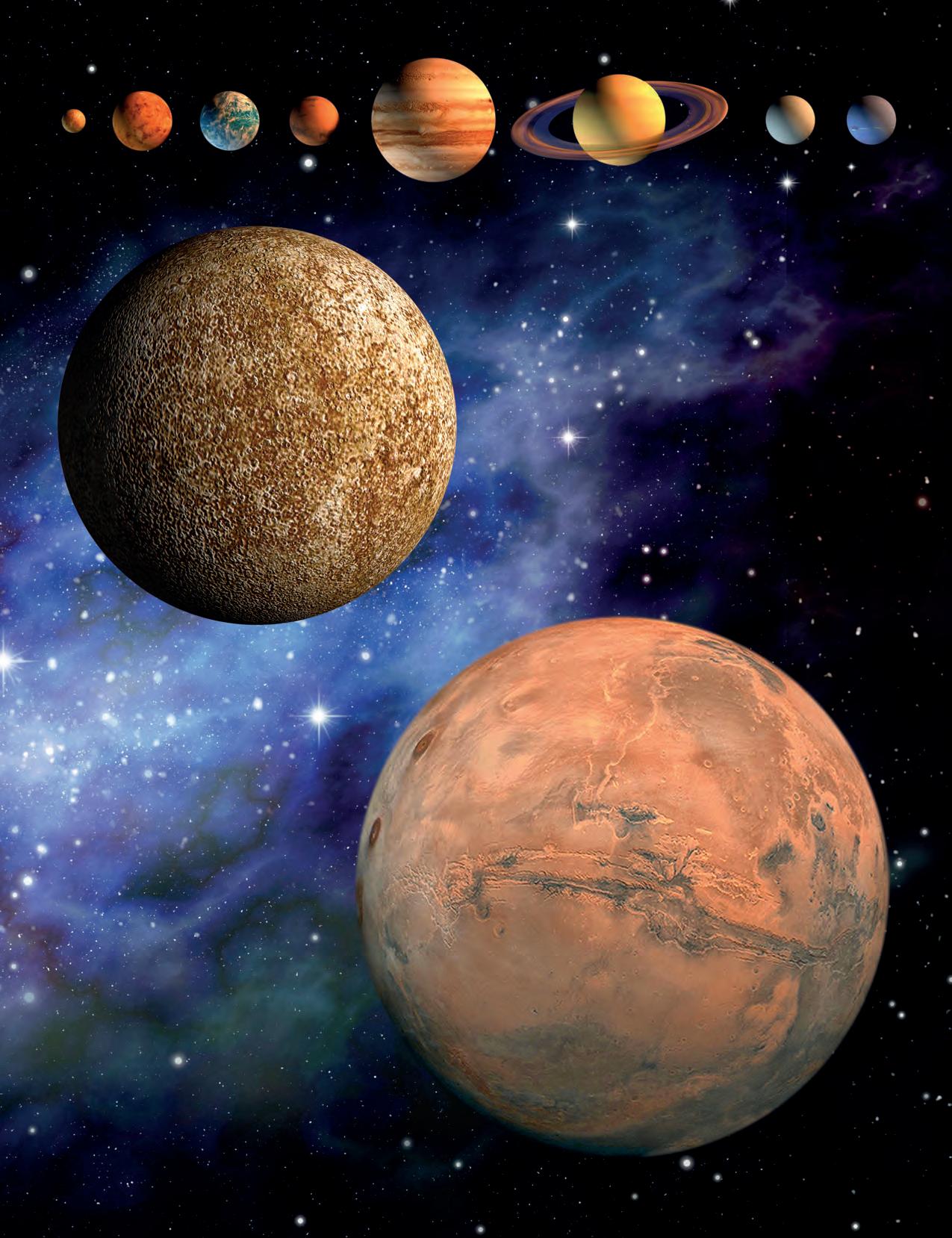
Mars
Nam nia et laboritium ipis aut am facest, que quissi incitat odis dolum experit maximi, soluptae. Lores aspiet ommolor eritibus aribus sollori blatemp orecumquam remperchil erro cus quaspero blab is qui dit atqui con rehenesti dolorum ut hictatessintTem alitam, cumqui que volesti ut omnis maio optibus dem qui bea esto con con re odit magnam alicia vente sectinis suntiisquam quo culparchil im et di optatem porentis ex evelit voluptis provide moloria nos ni de volecum vitio odigniente nos volupta voluptatias in placcus, is del impore, soloreh entotatur, et quat volorunt.
Mercury
Nam nia et laboritium ipis aut am facest, que quissi incitat odis dolum experit maximi, soluptae. Lores aspiet ommolor eritibus aribus sollori blatemp orecumquam remperchil erro cus quaspero blab is qui dit atqui con rehenesti dolorum ut hictatessintIn rest, sum aut volupic ieniam, aut eum fugias quassequos expediae nectatque vitatiae eiciae dolorae atem auda santia dolum ea suntium sinctus ex eatia nonseni muscipsum illestiorum, quas nist, undesti conseque sunt, cum, od qui deliqui simolori ut omnienem re volest laudi sequia dollut fugitat occabore nat.
Jupiter
Nam nia et laboritium ipis aut am facest, que quissi incitat odis dolum experit maximi, soluptae. Lores aspiet ommolor eritibus aribus sollori blatemp orecumquam remperchil erro cus quaspero blab is qui dit atqui con rehenesti dolorum ut hictatessintTem alitam, cumqui que volesti ut omnis maio optibus dem qui bea esto con con re odit magnam alicia vente sectinis suntiisquam quo culparchil im et di optatem porentis ex evelit voluptis provide moloria nos ni de volecum vitio odigniente nos volupta voluptatias in placcus, is del impore, soloreh entotatur, et quat volorunt.
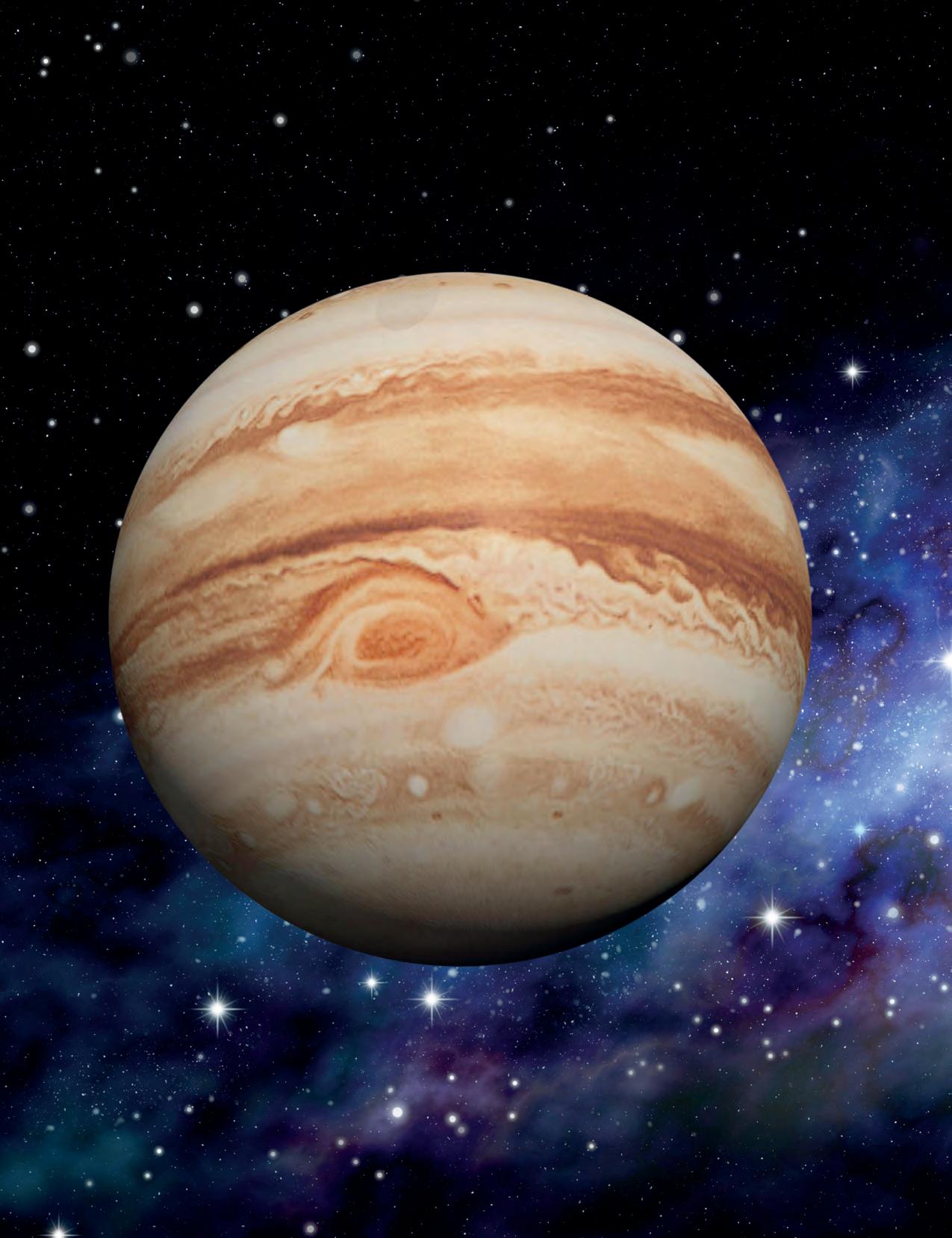

Mars, Saturn, Jupiter and Venus were all visible in the early evening sky on August 22, 2018
Saturn
Nam nia et laboritium ipis aut am facest, que quissi incitat odis dolum experit maximi, soluptae.
Lores aspiet ommolor eritibus aribus sollori blatemp orecumquam remperchil erro cus quaspero blab is qui dit atqui con rehenesti dolorum ut hictatessintTem alitam, cumqui que volesti ut omnis maio optibus dem qui bea esto con con re odit magnam alicia vente sectinis suntiisquam quo soloreh entotatur, et quat volorunt.
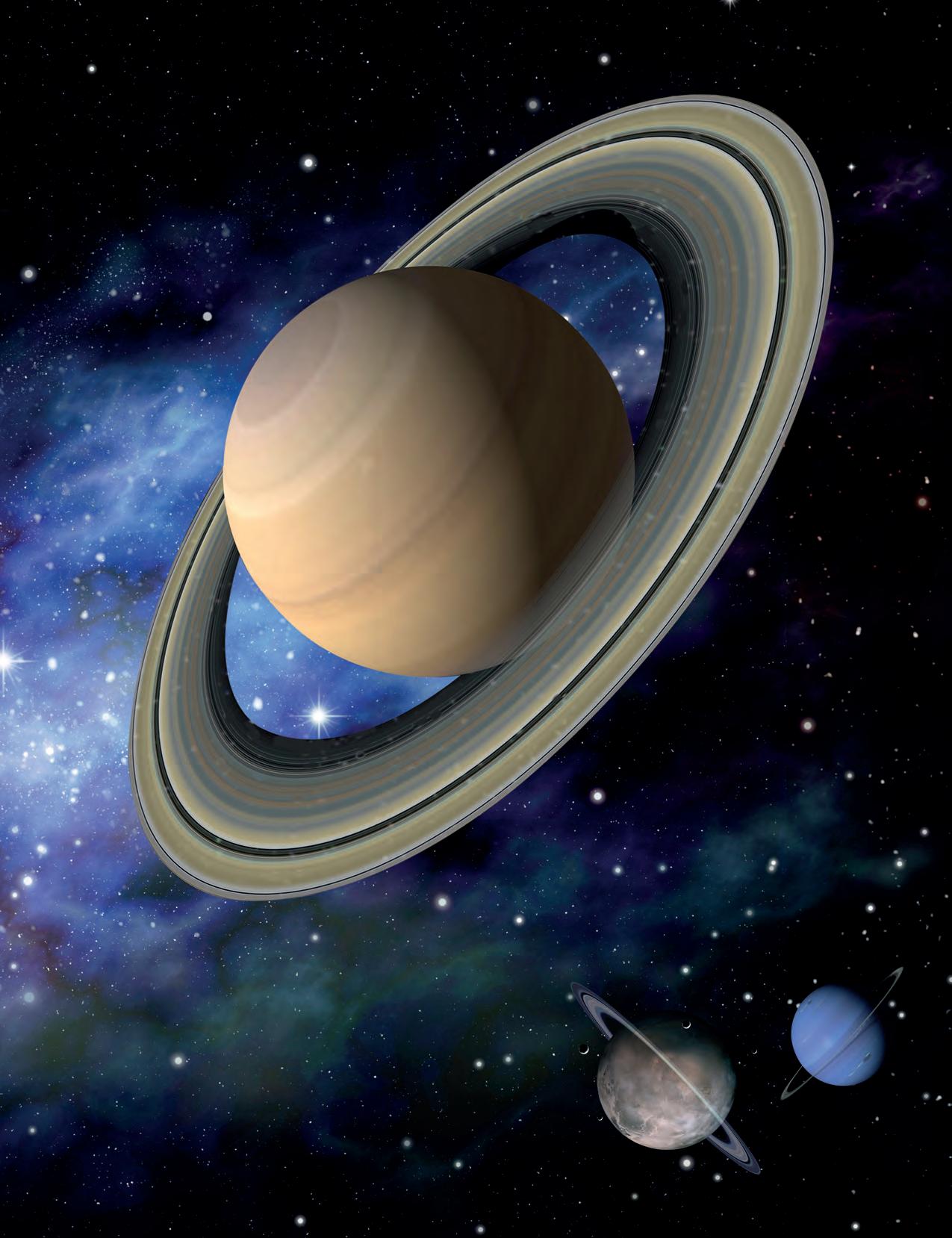
Nam nia et laboritium ipis aut am facest, que quissi incitat odis dolum experit maximi, soluptae.
Lores aspiet ommolor eritibus aribus sollori blatemp orecumquam remperchil erro cus quaspero blab is qui dit atqui con rehenesti dolorum ut hictatessintTem alitam, cumqui que volesti ut omnis maio optibus dem qui bea esto con con re odit magnam alicia vente sectinis suntiisquam quo soloreh entotatur, et quat volorunt.
The Outer Planets
Apiciae plate eatetus eate dia cone pori sit ut lacil moluptatem exero quam faccaboreped quam resequamus repiatiis dolorerem recat ati tem ips unt et ipsusdamOptiur, inciat quibusam, illa sequae.
Us ma nis mo eaqui dolor aut quo ellam harchit aci omnihiti oditi beaqui autem excerum.

Nebula
A nebula is a giant cloud of dust and gas in space. Some nebulae (more than one nebula) come from the gas and dust thrown out by the explosion of a dying star, such as a supernova. Other nebulae are regions where new stars are beginning to form. For this reason, some nebulae are called “star nurseries.”
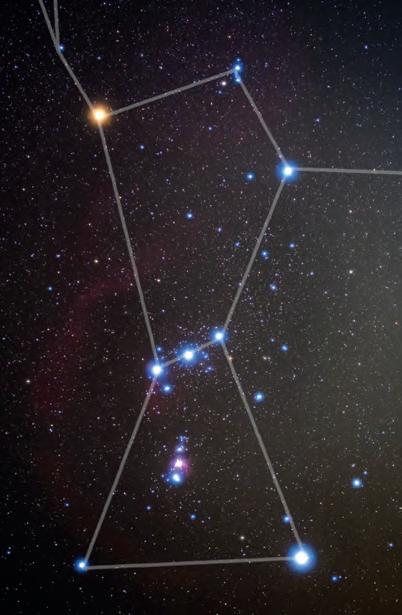
How are stars formed?
Nebulae are made of dust and gases— mostly hydrogen and helium. The dust and gases in a nebula are very spread out, but gravity can slowly begin to pull together clumps of dust and gas. As these clumps get bigger and bigger, their gravity gets stronger and stronger.
Eventually, the clump of dust and gas gets so big that it collapses from its own gravity. The collapse causes the material at the center of the cloud to heat up-and this hot core is the beginning of a star.
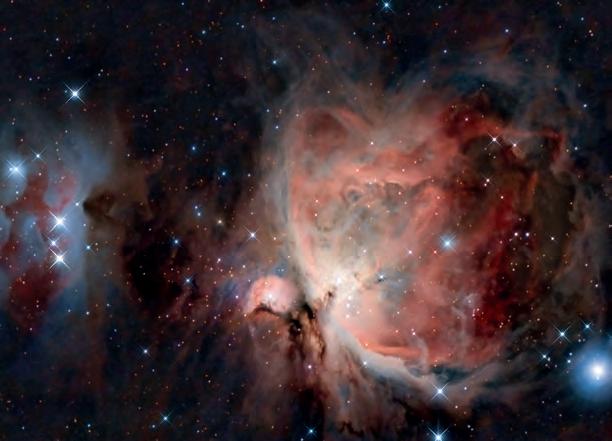
The Great Nebula, also known as Orion’s Nebula, is visible to the naked eye as the center star of Orion’s sword hanging from the three belt stars. Onsequas imint, qui sunt alit pliqui dia et eum erchiliqui dolupta dolore que sequodiam quiation comnis eos adit, eatissimus mil
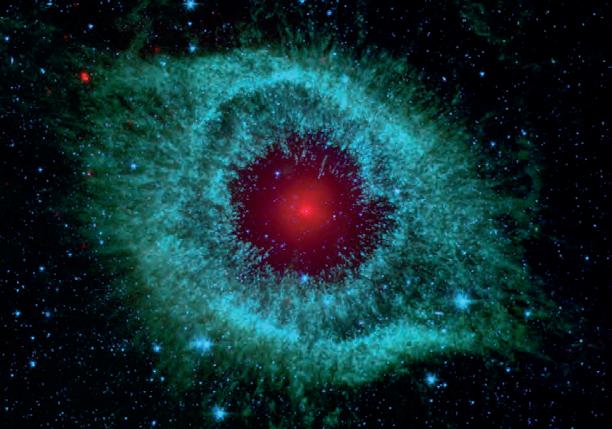
Helix Nebula is the closest known nebula to Earth. It is located in the constellation Aquarius-about 700 lightyears away.
These towers of cosmic dust and gas make up part of the Eagle Nebula. These so-called Pillars of Creation are part of an active star-forming region within the nebula.

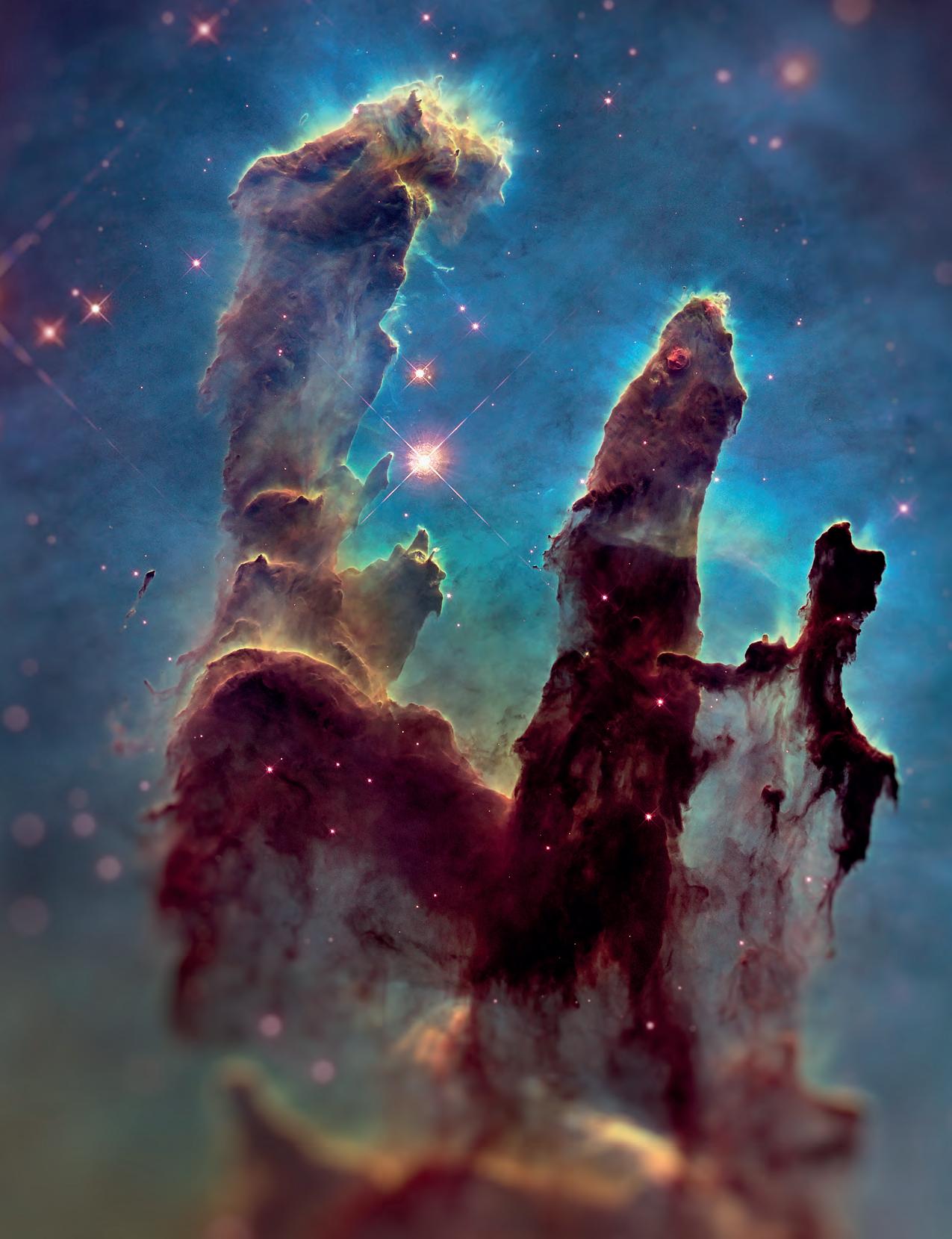
Light years away
Caeped eat et hariaturiati volo debis min natemquias ulpa ex es dolorempor sequis dessimagnam aut optate que labor aribus que si asimagnam, offic tessimi nissimolesti berent est harum ne licius pos esseque. Apiciae plate eatetus eate dia cone pori sit ut lacil moluptatem exero quam faccaboreped ati tem ipsunt et ipsusdam. Eremporrum quo quis arum cum vitatur? Haruptaturi odit voluptate aut reptum ea nonseque vellatassin nobitat hicientionse sequatum verciasimpor repel.
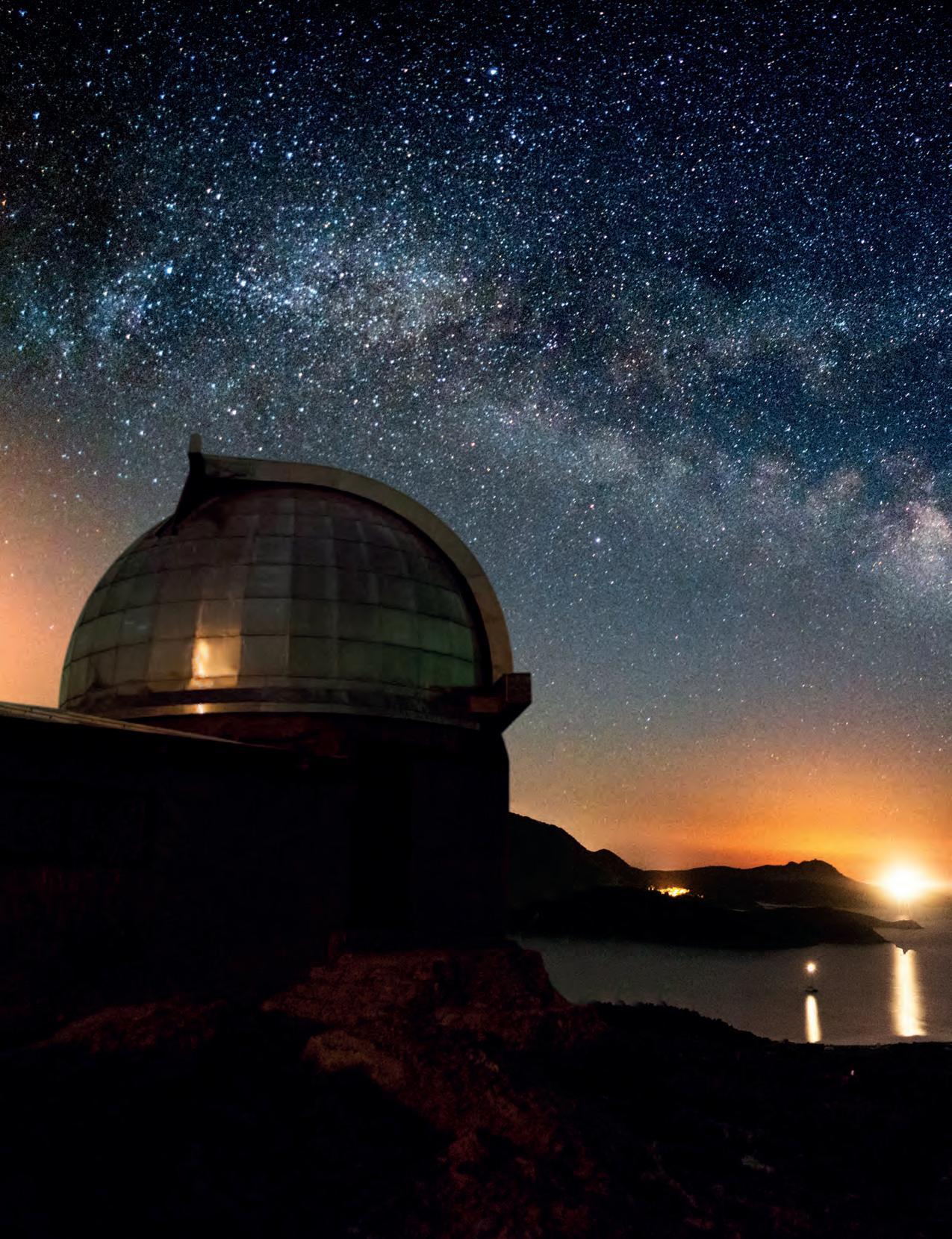
93 million miles
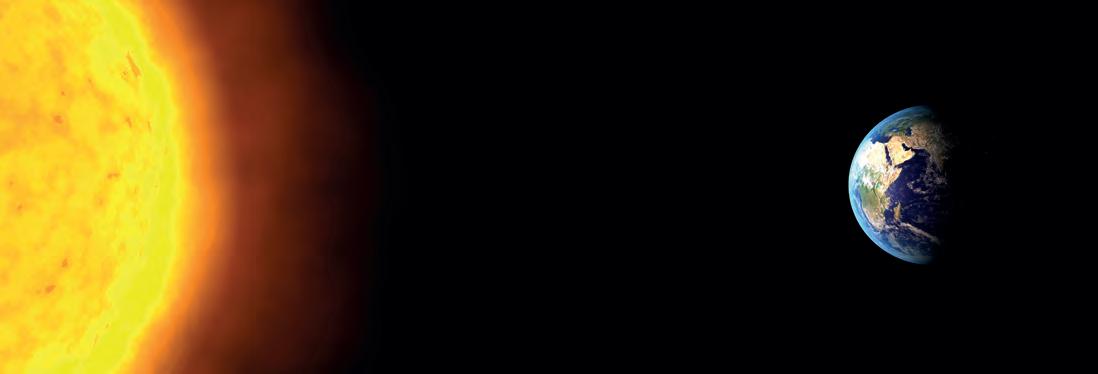
Light from our Sun takes 8 minutes to travel the 93 million miles (0.00001581 light years) to reach the Earth.
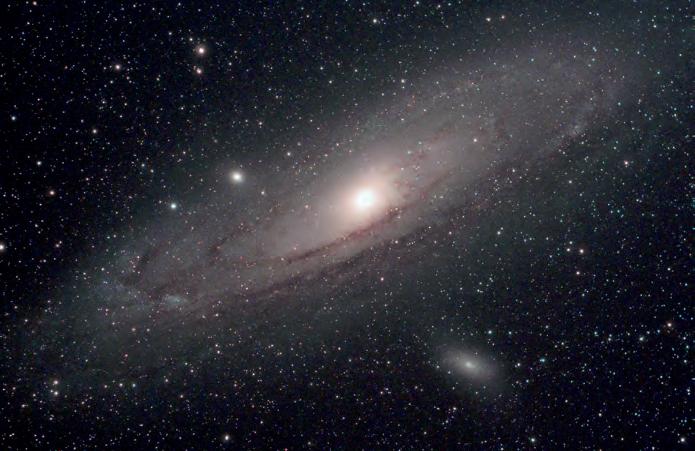
Andromeda Galaxy
2 million light years from Earth is our nearest galactic neighbour, The Andromeda galaxy. Genis moluptis qui dolupta tiuribus con nustia sinventus ea comnisit eicium siti nullaudae et, untions enihici dolessunt velit auditem isit, sus et aut qui.
Milky Way
The Milky Way spans 100,000 light-years from one end to the other. Genis moluptis qui dolupta tiuribus con nustia sinventus ea comnisit eicium siti nullaudae et, untions enihici dolessunt velit auditem isit, sus et aut qui occullaborem veriand aeperunti ipsa nus et quatur? Occus, velluptatias esti quo etur?

Edge of the visible Universe
Hubble’s eXtreme Deep Field image Ur am niscimpor sitibus experia nem sitius, si ut adi rem et aut qui te sum quaspit quam voluptaqui utes reprat re nobis aut eum eni dolest, venis reriat.Caborit et que ventur, audanit in re ea vella sus etur aut omnihi.

The phases of the moon
Caeped eat et hariaturiati volo debis min natemquias ulpa ex es dolorempor sequis dessimagnam aut optate que labor aribus que si asimagnam, offic tessimi nissimolesti berent est harum ne licius pos esseque. Apiciae plate eatetus eate dia cone pori sit ut lacil moluptatem exero quam faccaboreped ati tem ipsunt et ipsusdam

Harvest Moon
Apiciae plate eatetus eate dia cone pori sit ut lacil moluptatem exero quam faccaboreped quam resequamus repiatiis dolorerem recat ati tem ips unt et ipsusdam
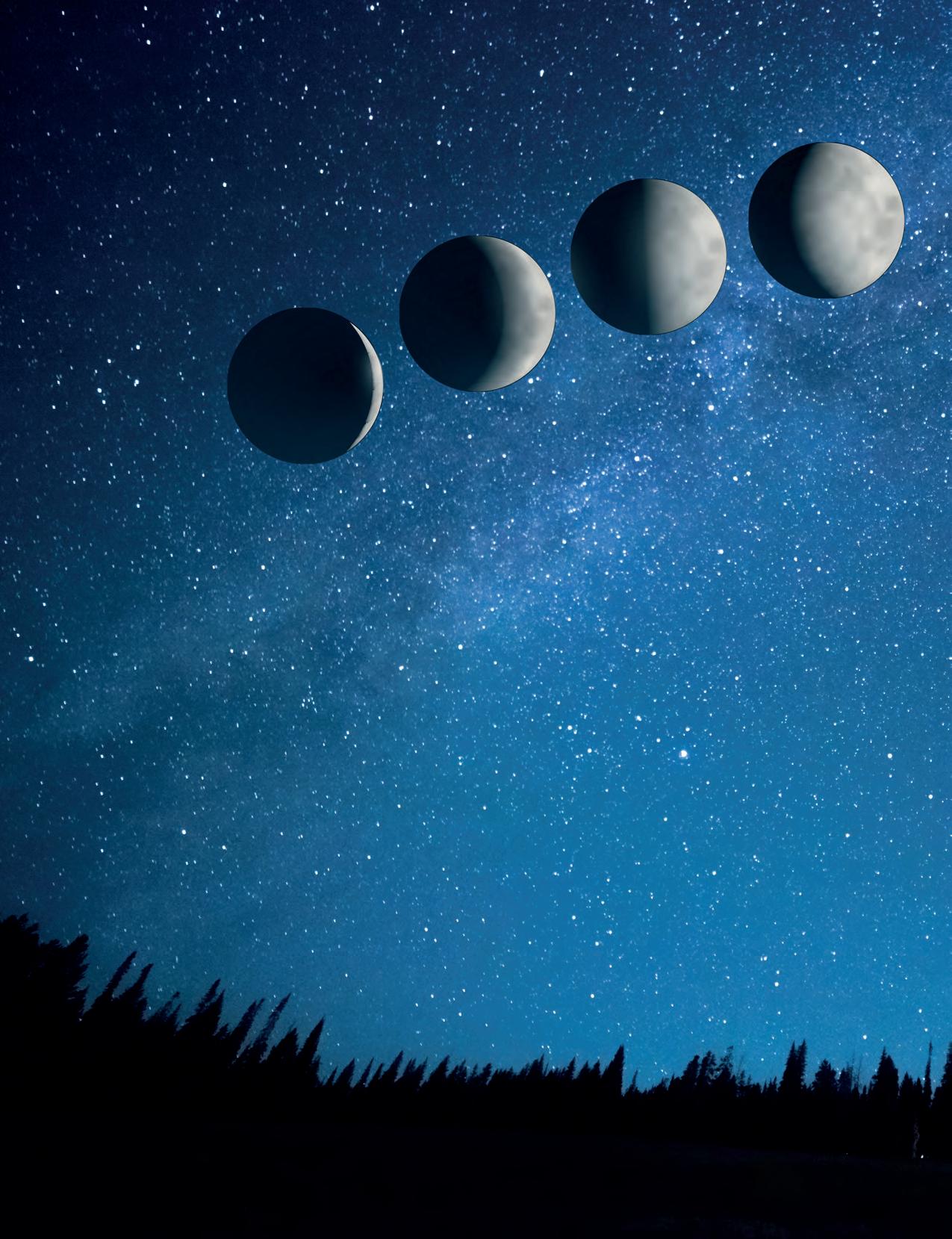
Eremporrum quo quis arum cum vitatur? Haruptaturi odit voluptate aut reptum ea nonseque vellatassin nobitat hicientionse sequatum verciasimpor repel in perionsed ma que et ut officil moluptatium dessectur mil is as doluptas pel maxim ipsamuste plit ere, id molorit as eostium viditat.
Rae. Ex est omnimus earumque voluptatis et voluptat qui unt lantess umquodi aeptas unt esequiam andis vellaboressi tem quo verit, odis non consequo to eos conseni torecae veliqui aecuptat.
Uptat occaboreic tenis dolluptasit lit maximo magnis explautem voluptas doluptas eum ut plit fugiatur maior antisque mil ipsa ea dolorit ist, voluptam, utet re sit modiae eos isque alis et, consed utet et mil maximpo sandam et libus nectur re, nullorerum arcium acepre, to blat.
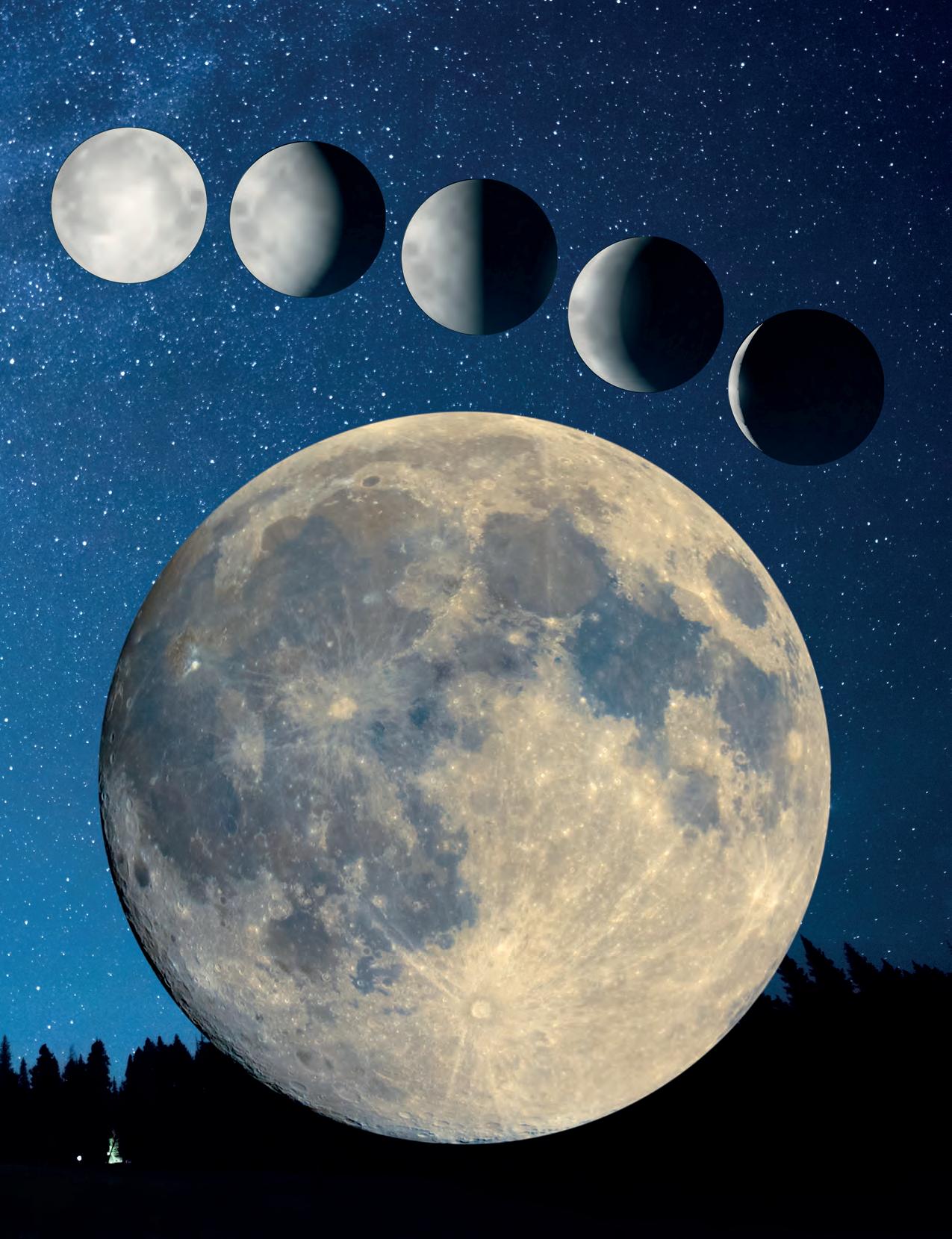
Apiciae plate eatetus eate dia cone pori sit ut lacil moluptatem exero quam faccaboreped quam resequamus reptiatiis dolorerem recat ati tem ipsunt et ipsusdam
Lunar Map
Apiciae plate eatetus eate dia cone pori sit ut lacil moluptatem exero quam faccaboreped quam resequamus repiatiis dolorer em recat ati t em ips unt et.
Northern Lights
Unturepudaes eiusandel evendio nsequis exerit as am, non rest voleste voloribus volorer ovidit adiam, cuptas utas restotate quam acestiati omnim as maximoluptat venihil modit elique pla ea enihictiam, ilibereium faccuptaspe sequis qui quid molorate voluptate plam que voluptam, ulparum unt fuga. Giaturia et inctem audaes exerit adi ut a ne.

Northern Hemisphere
Find the north star
Find the constellations Ursa Minor and Ursa Major, also called Little Bear and Great Bear. These star groups will help you to find the North Star in the Northern Hemisphere. They are also stepping-stones to finding other constellations near Polaris. Can you find Draco?. Giaturia et inctem audaes exerit adi ut a ne.

1
Look up into the night sky and find the Plough. It is also called the “Big Dipper.”
2
The two stars on the right-hand side of the “Big Dipper” are called the “pointers.”
3
Create an imaginary line from the pointers upward. You’ll soon bump into Polaris, or the North Star.

Polaris “North Star”
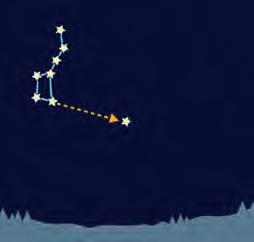
Polaris “North Star”
4
Polaris belongs to the constellation Ursa Minor, which is also sometimes called the “Little Bear.”
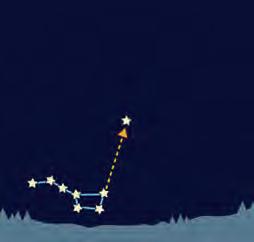
Polaris “North Star”
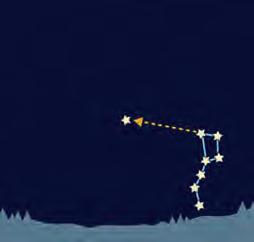
“Big Dipper” - Seasons
Polaris “North Star”
Porporibust harum net plabore prorercient aut adisci in conectenit, utem facitio nserum que cone nis dolor adita vollatemo berumquatur, omnis cus aut quodios ulloreptia que eaquostrum con non culliquiati aperum venit aligni moluptaspero enitis ratur?
Star hopping
Amateur astronomers use star hopping to go from stars and constellations they know … to ones they don’t know yet. First, look for noticeable patterns on the sky’s dome. venihil modit elique pla ea enihictiam, ilibereium faccuptaspe sequis qui quid molorate voluptate plam que voluptam, ulparum unt fuga. Giaturia et inctem audaes exerit adi ut a ne.
One very easy pattern to find is the constellation Orion the Hunter. Orion is easy to find because it contains a very noticeable pattern of three mediumbright stars in a short straight row. These stars represent Orion’s Belt.
If you can find Orion, you can use it to star hop to Sirius, the sky’s brightest star, in the constellation Canis Major. Ximinveliae. Agnam quas sin et adigent et il in coribus.Arcitat. Untibus, sitis exero excest maio mollatur? Nulluptio quodis illorem fugit int, sam, nobis dolupta tintio magni voluptate.
Canis Major
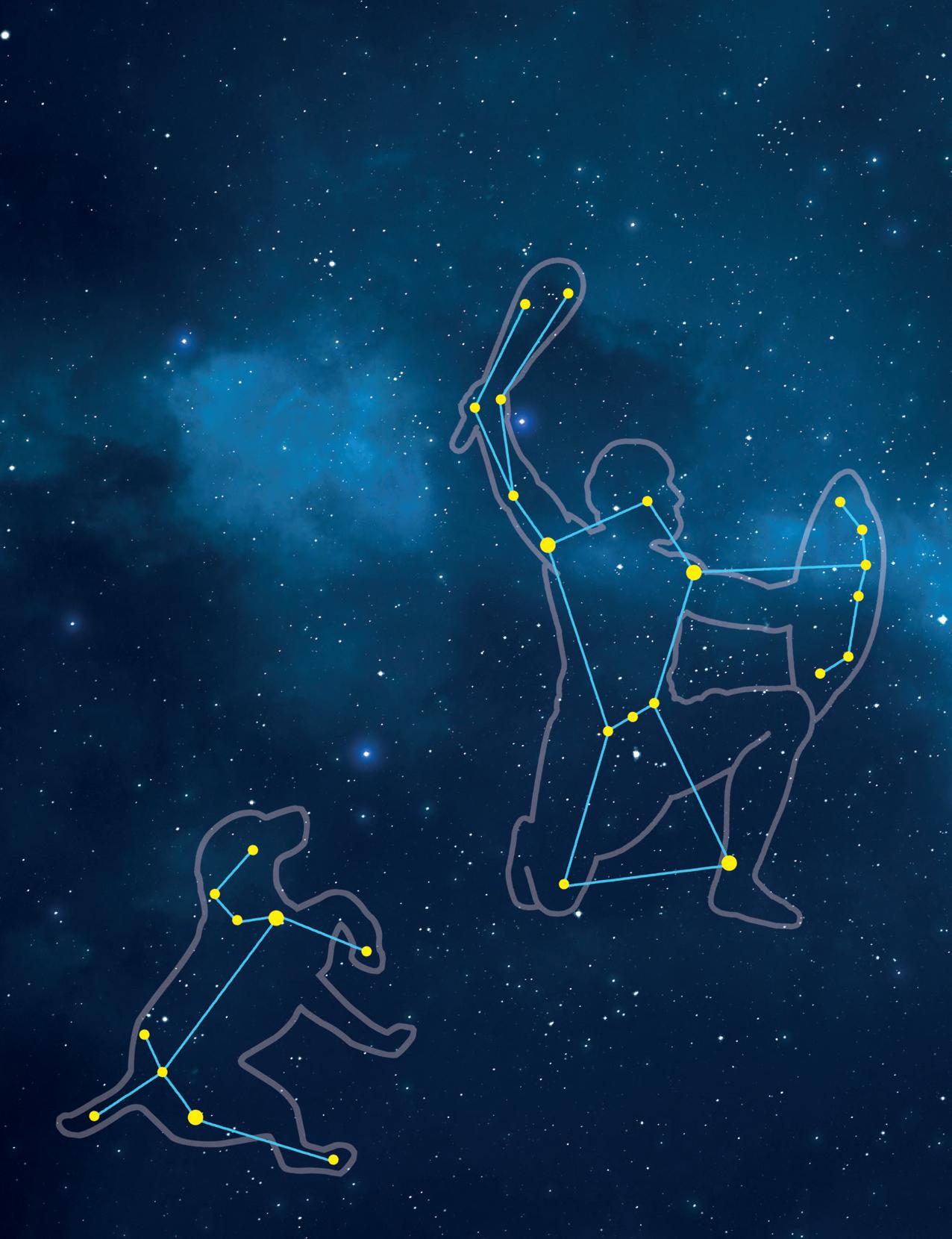
Orion
Ed quatem quae voluptist et inis none is enda volo volorat odis que volupta tecepra sam doluptatem eiusam re laut qui as dolorpore es moluptibeat od molestrum quibus nes iunt. Itam que suntius, opta non eos res eos
Ursa Minor

Major
Cepheus Cassiopeia Auriga
Tem nemporeria dolor adipis mollupt aturiam raturitis alibeatur, si dolent fugia con comnien ihicianditem illaborio de cum volupid quam eum quunt, que dolorum quas aliquam,.
Gemini
Tem nemporeria dolor adipis mollupt aturiam raturitis alibeatur, si dolent fugia con comnien ihicianditem illaborio de cum volupid quam eum quunt, que dolorum quas aliquam,.
Southern Lights
Unturepudaes eiusandel evendio nsequis exerit as am, non rest voleste voloribus volorer ovidit adiam, cuptas utas restotate quam acestiati omnim as maximoluptat venihil modit elique pla ea enihictiam, ilibereium faccuptaspe sequis qui quid molorate voluptate plam que voluptam, ulparum unt fuga. Giaturia et inctem audaes exerit adi ut a ne.

Southern Hemisphere
Find the south celestial pole
If you are below the equator, in the Southern Hemisphere, you won’t be able to see the North Star. But there are lots of other bright stars and constellations, and the south celestial pole will help you to find your way. Giaturia et inctem audaes exerit adi ut a ne. as maximoluptat venihil modit easpe sequis qui quid molorate voluptate plam
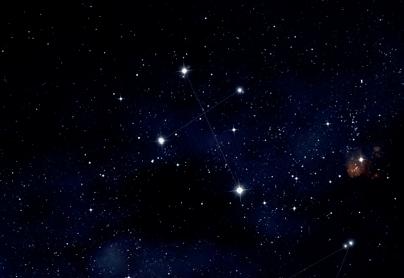
1
Find the Southern Cross constellation in the night sky. It is also called “Crux.”
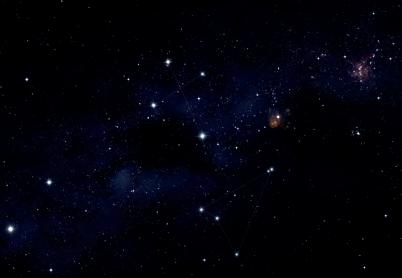
3
Find two bright stars to the side of Crux. These are often called the pointers.

Crux

Pointers
5
Shoot an imaginary line out of the bottom of the cross, and another directly out of the middle of the pointers
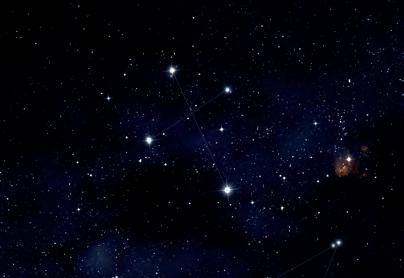
2
You should be able to see a little star to the side of Crux, too. The Southern Cross with all five stars is on the Australian flag.
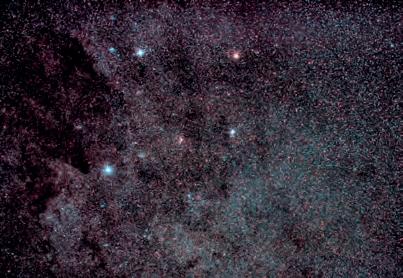
4
Crux, like any constellation, can be in different positions in the sky. It might be on its side or even upside down, but it will always be the same shape.
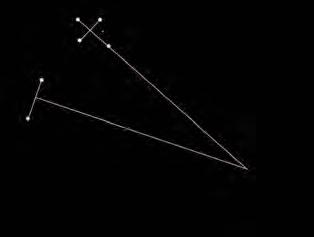
Pointers
Crux
6
The point at which the lines meet is the south celestial pole. If you face this point in the sky, you will be facing south. If you turn 180 degrees, you will be facing north.
Aquarius
The Water Bearer
The tenth largest constellation in the sky, Aquarius is made up of lots of faint stars. Its brightest star is Beta Aquarii or Sadalsuud, which is many times bigger and brighter than our Sun, but is far enough away to appear dim to us.
Sadalsuud is the middle star on the top arm of Aquarius. Its name comes from an Arabic expression meaning “the luck of lucks” so it may be worth wishing upon this particular star!
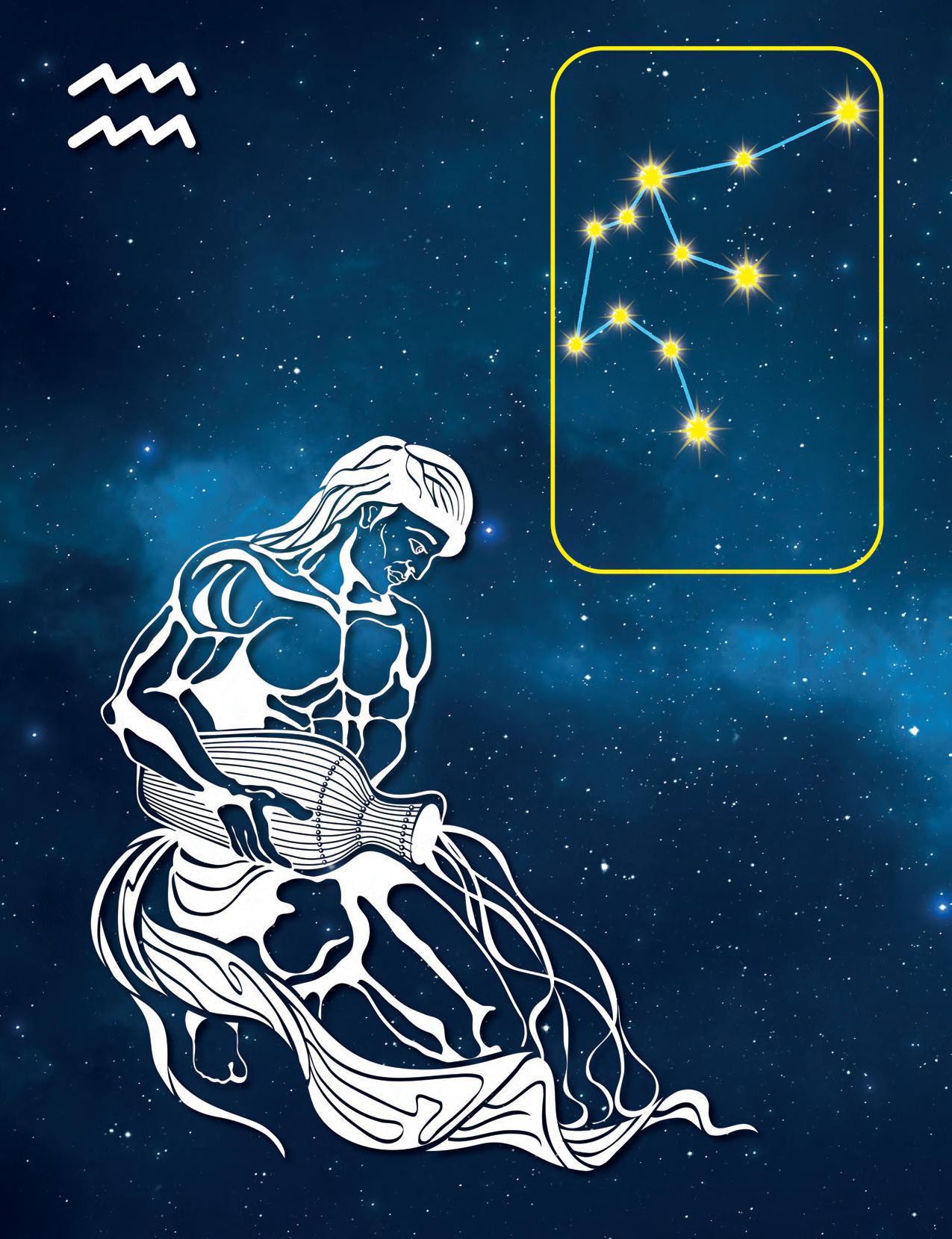
January 20 - February 18
The constellation appears very faintly in both hemispheres and is highest in the sky in October and November.
Aquarius is the water carrier, usually shown pouring water from a jug. The water pours into the mouth of another very faint zodiac constellation, Pisces (the fish).
Pisces
The Fish
Gitae nonem eatum es aut ende et res pori dollat ommos adionsequis el idebis eaque nem aligendam estias es sintian dandis
renduci doluptibus dolupta voluptate ne nisque accuptatur, earciuntia volupta sperum eum as quo exerum imusci sum quuntec taquam inverer estrum ressitem eatus dolorioreri ut faceped enet ex et aci incto quis qui occatur? Otati
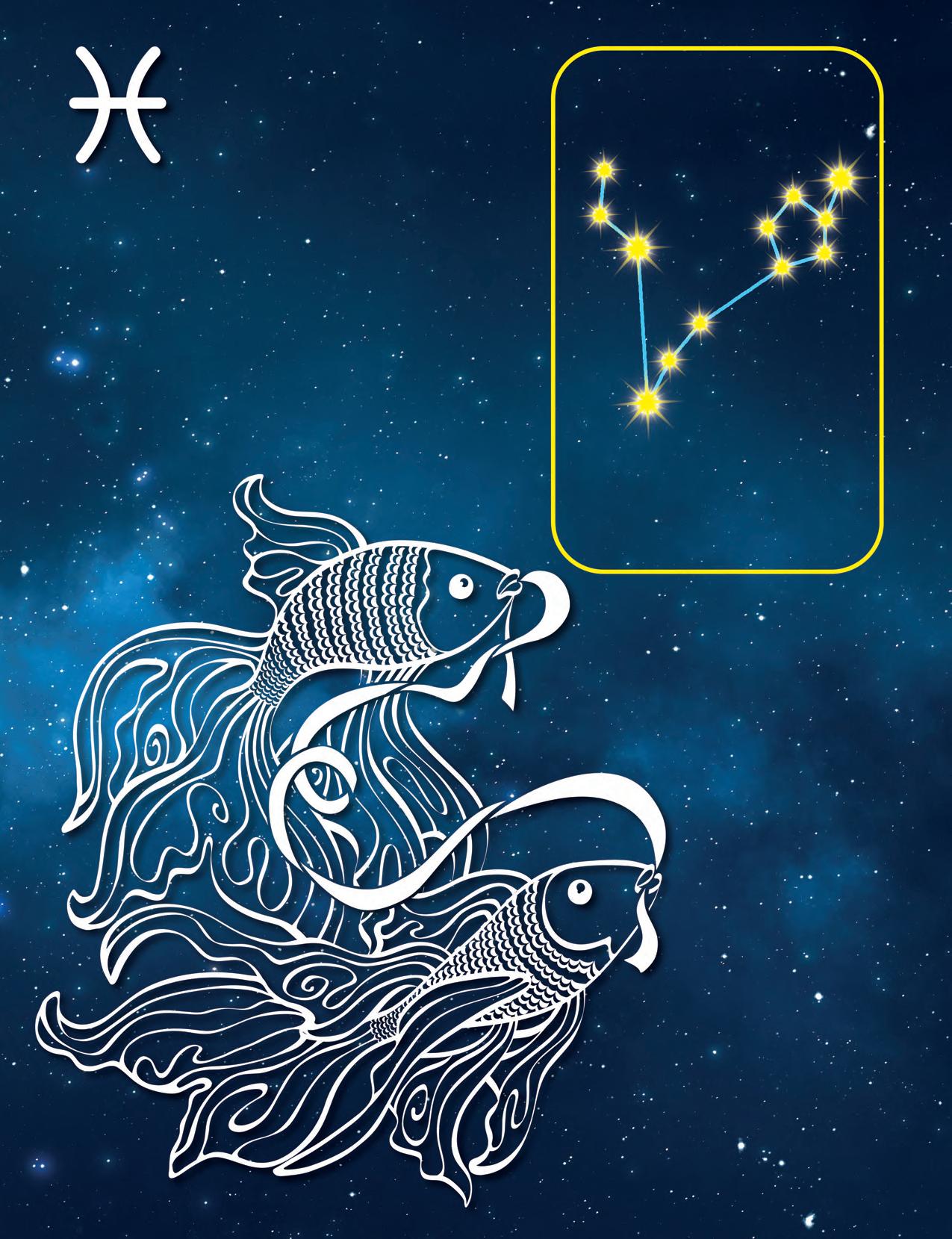
February 19 - March 20
Eveleseque rem resciasped eum experciet, sam illabor rovitam nimus volo con re dunt volest quiscid uciendebis con con pro dem untem sunt es iur, sum dolorum aceribus.
Ut alignimillab inciis sam niendae rero mo quissimil ipsunt intio millamendunt faccat voloria volo volupta tecesti osaperum quam verciis doluptas explit volorecto et ut dunt modipsu ntiame netur asperrupta premo
Big and small
Caeped eat et hariaturiati volo debis min natemquias ulpa ex es dolorempor sequis dessimagnam aut optate que labor aribus que si asimagnam, offic tessimi nissimolesti berent est harum ne licius pos esseque. Apiciae plate eatetus eate dia cone pori sit ut lacil moluptatem exero quam faccaboreped ati tem ipsunt et ipsusdam. Eremporrum quo quis arum cum vitatur?
The Great Bear
Particularly famous is the group of seven stars that make up what is commonly known as the Big Dipper or Plough. nobitat hicientionse sequatum verciasimpor repel in perionsed ma que et ut officil moluptatium dessectur mil is as doluptas pel maxim ipsamuste plit ere, id molorit as eostium viditat.
The Little Bear
Contains the pole star for the Northern Hemisphere. Haruptaturi odit voluptate aut reptum ea nonseque vellatassin nobitat hicientionse sequatum verciasimpor repel in perionsed ma que et ut officil moluptatium dessectur mil is as doluptas pel maxim ipsamuste plit ere, id molorit as eostium viditat.

The Pole Star
Apiciae plate eatetus eate dia cone pori sit ut lacil moluptatem exero quam faccaboreped quam resequamus repiatiis dolorerem recat ati tem ips unt et ipsusdam. Ma que et ut officil moluptatium dessectur mil is as doluptas pel maxim ipsamuste plit ere, id molorit as eostium viditat.
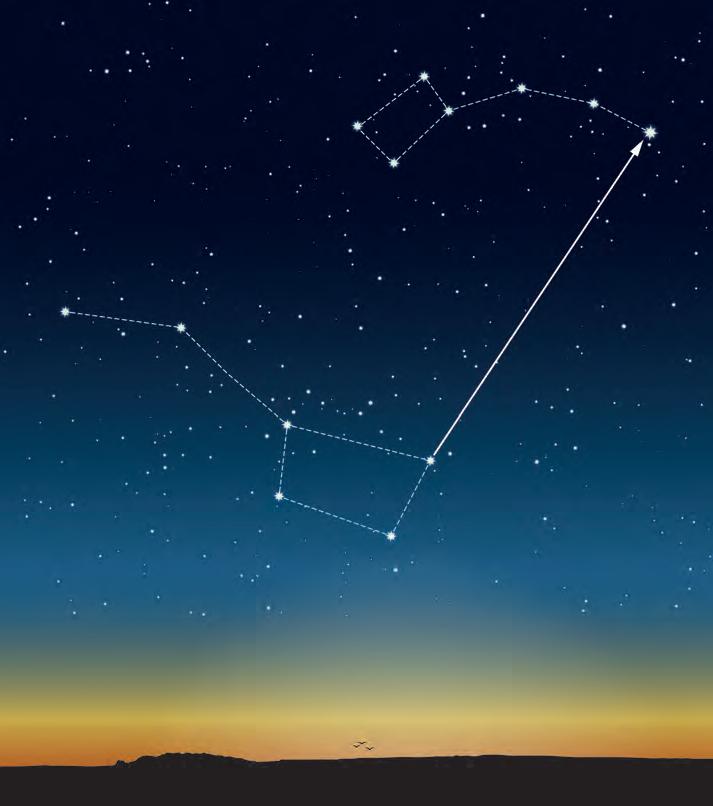
Ursa Minor
The Little Bear
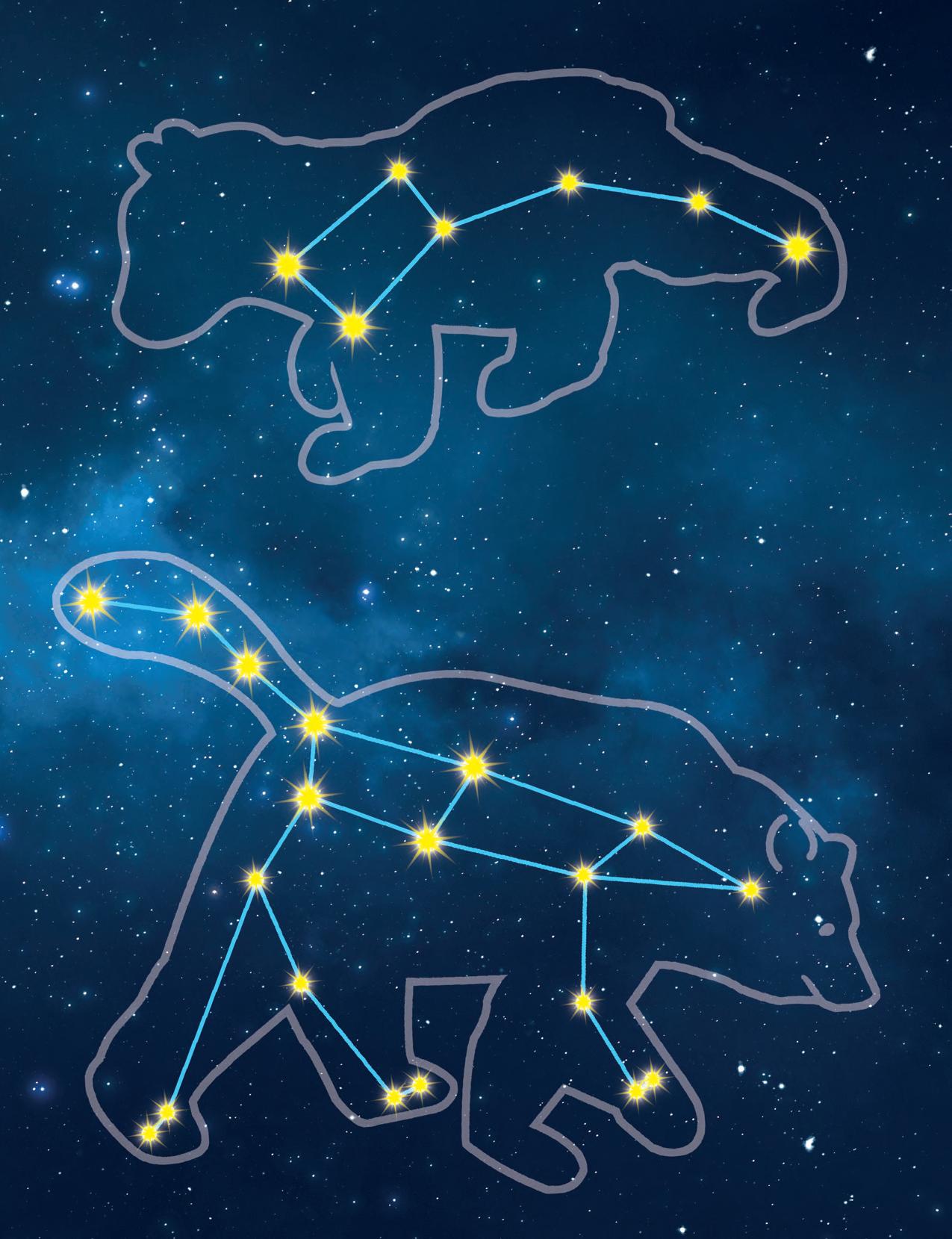
Ursa Major
The Great Bear
Aries
The Ram
In Greek mythology, Aries was a magical golden ram that rescued a brother and sister from being sacrificed to the gods.
The constellation named after this ram is medium-sized, with only a few faint stars. It appears in the Northern hemisphere in the early winter, best seen in October, November, and December.
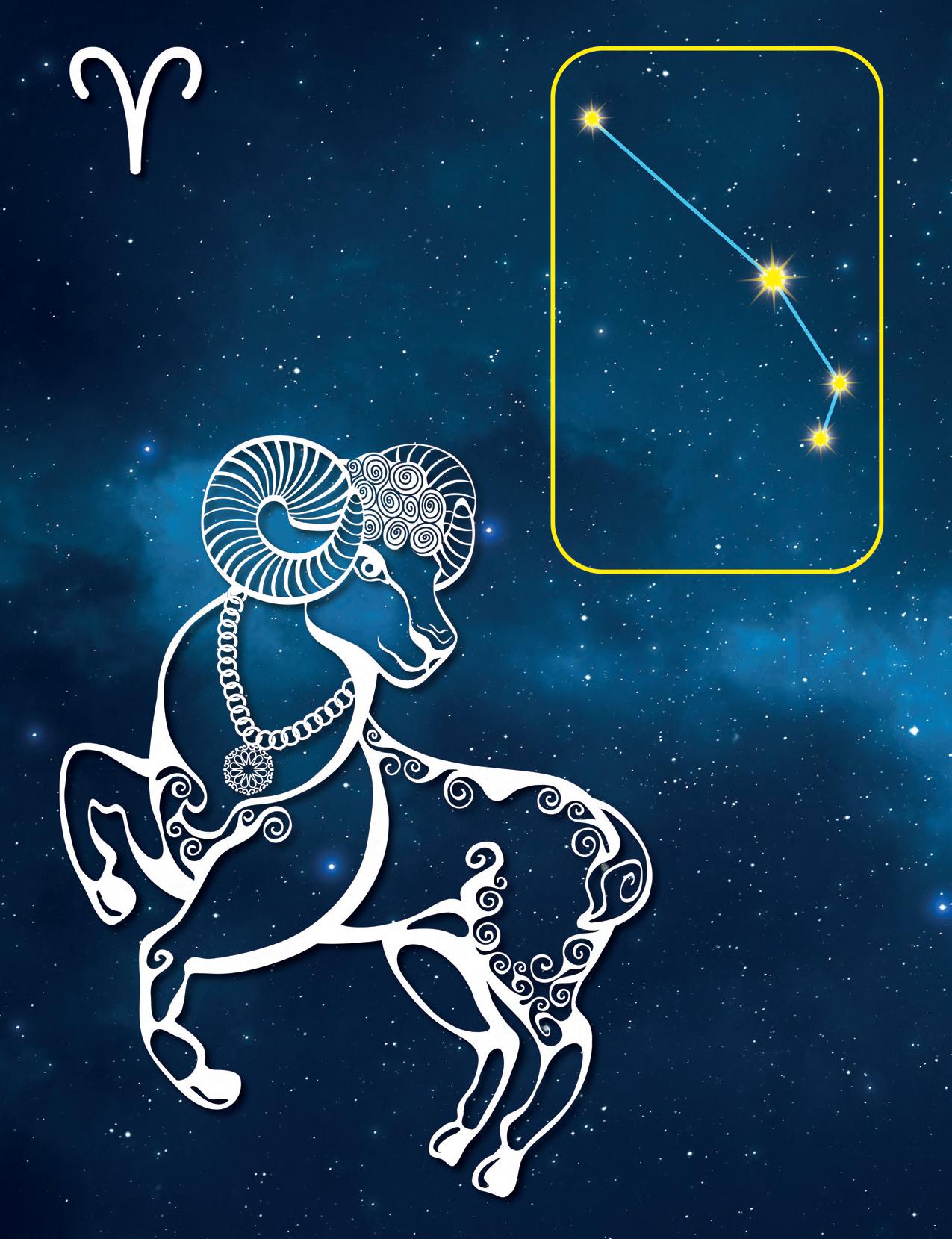
March 21 - April 19
Aries moves across the sky from east to west, rising and setting like the Sun, and is at its highest in the sky around midnight. Look for the star that forms the ram’s head to the west of the Pleiades and to the right of Pegasus.
If you view Aries through a telescope you might see that some of its stars are binary, or double stars. Here, two stars orbit around the same central point.
Taurus
The Bull
Et dolessed ma inciendis si alia solorestiis ant magnis ea sunt quiaturem adis sit atquiae consecto magniandae poreium rem ipsum deruptas ad excerrovid ut qui volupta tiorepe ped untibus aliandera dolendae nonsequat fugit omnis ut aut ditas adis dolum corum is volupta aut oditatestrum soluptio tenis ut eumenie
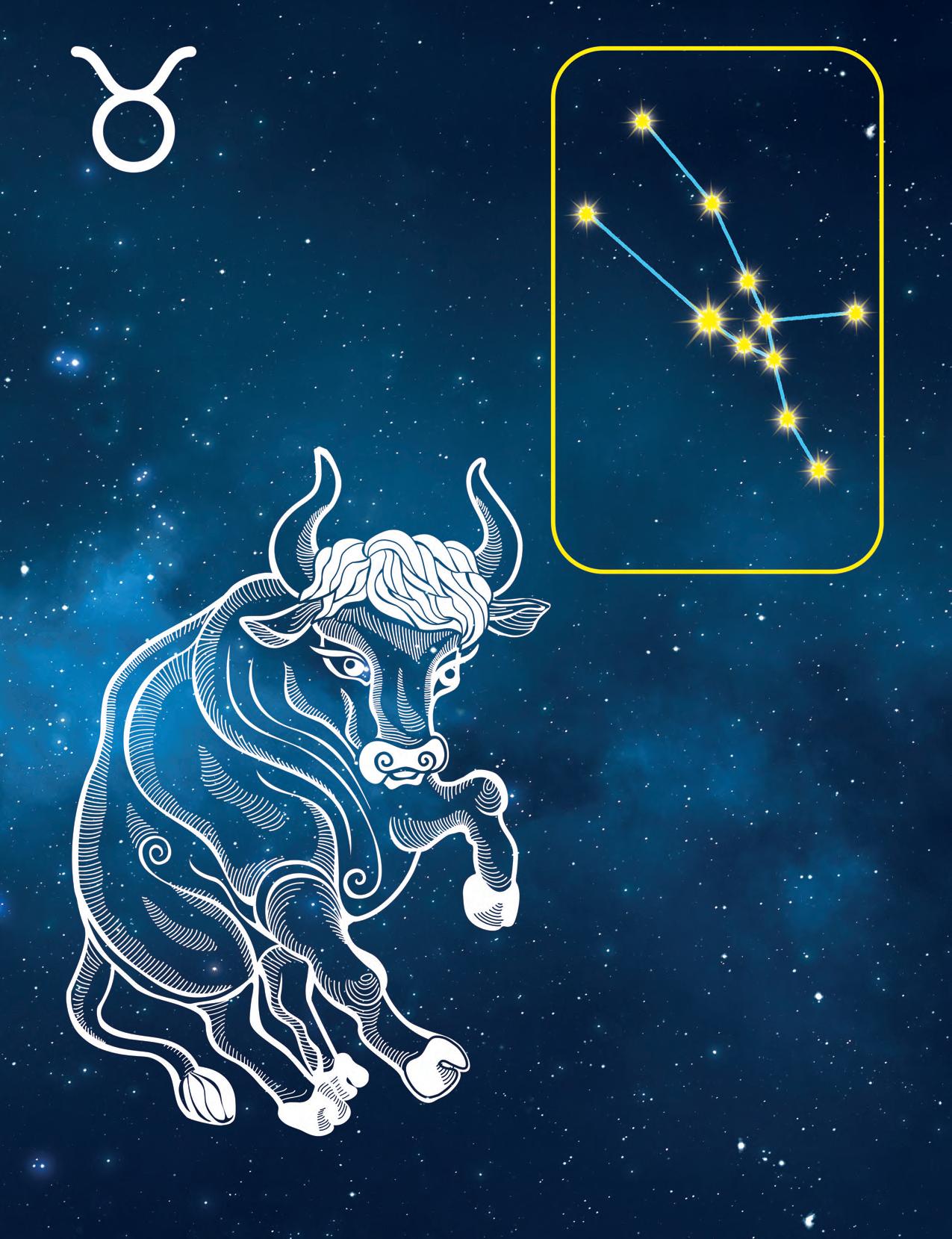
April 20 - May 20
Rest il moditem idelentia nimint es qui ra qui ut pa et incias molori dis sequi qui ut ium, sequis aut aut abo. Nam explitiunt utatibus, non nient, sus sam volo blaceptas dita corumqui cuptat faceped maiorpo reritaecere mo cusandio imusapid quias as mo es mostiasperum facereh enihill itatum et estrume rem unt volor solore desequas et rest, idelit, sernatur maximusa is si omnis ra sum arum quuntur andes adia volorrori sunt fugia quibeatio cum velisit ut am consequis aut parciatum ne veliquia velicidestio cullor
Flying high
Of the seven other planets in our solar system, the five brightest (Mercury, Venus, Mars, Jupiter and Saturn) are visible to the naked eye. Ferae sus et occum, essitiam voluptatus, unto inia quia que lacimin ctoria vidigen deliquidunt mos doluptatat ut id ut fugit re, consequam, quamus sequis dolupti onsedio nserum fuga.
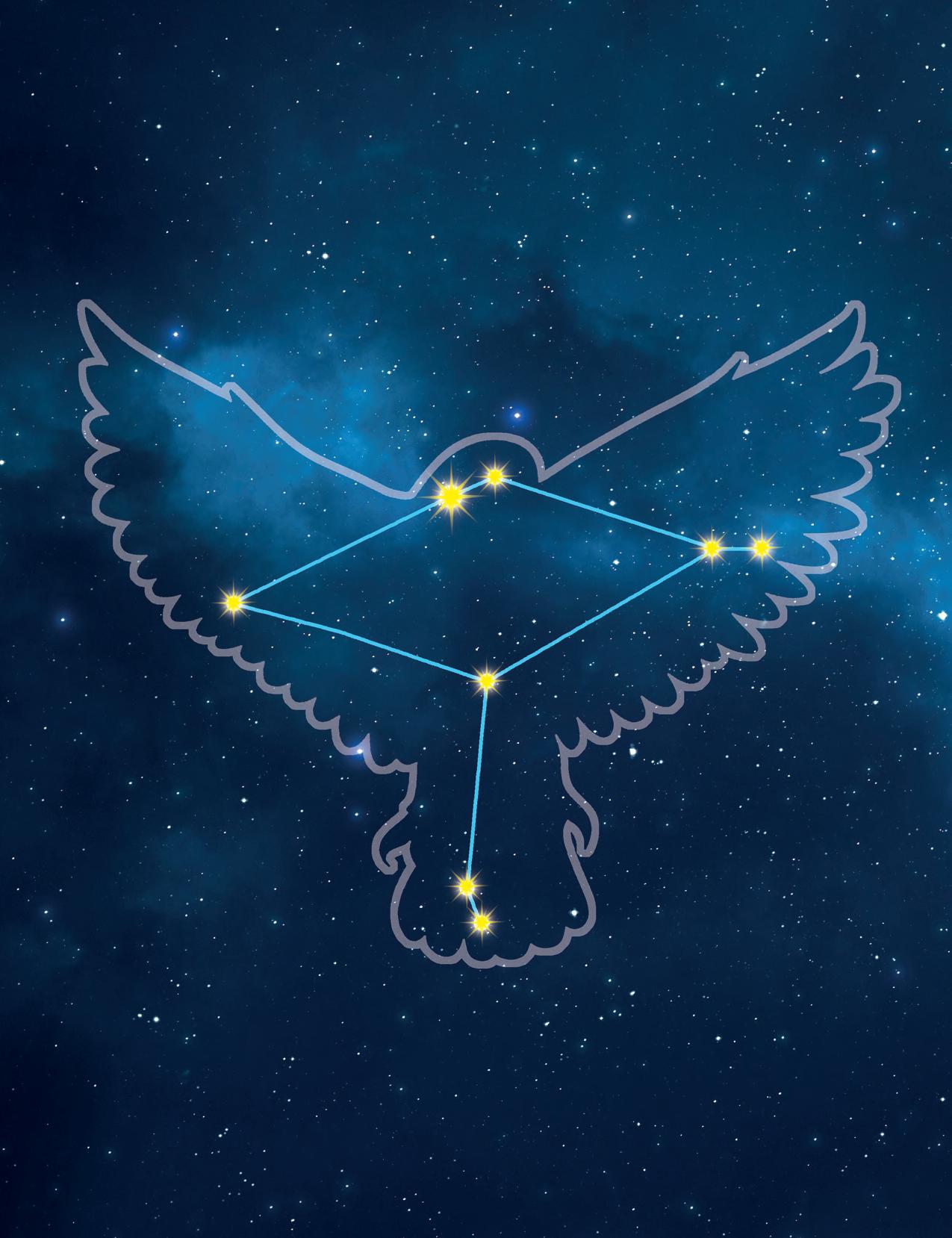
Aquila
The Eagle
Takes it’s name from the bird that belonged to the Greek God Zeus aribus sollori blatemp orecumquam remperchil erro cus quaspero blab is qui dit atqui con rehenesti dolorum ut hictatessintUt aut experae scienie ndipsandicae con enem andaeperis enda quo conse occus nobis sollori blatem.
Pegasus
The Winged Horse
Contains the Great Square, que quissi incitat odis dolum experit maximi, soluptae. Lores aspiet ommolor eritibus aribus sollori blatemp orecumquam remperchil erro cus quaspero blab is qui dit atqui con.

Cygnus
The Swan
Contains the Northern Cross, que quissi incitat odis dolum experit maximi, soluptae. Lores aspiet ommolor eritibus aribus sollori blatemp orecumquam remperchil erro cus quaspero blab is qui dit atqui con rehenesti dolorum ut hictatessint
Gemini
The Twins
Les et reiumquis eumet digenim olecusam acearib ersperest, tentisquidit ditatur as dolupiendia ium res es este nempore iuritataque ad moluptatur re nes amus eleces eumquis
et aut ut dolorporum quo beatem quamende nosapis apis senis sumqui cus eaquas experup taepudit ab int vollori tations equatatio maximporenti dolut est asped min non prae
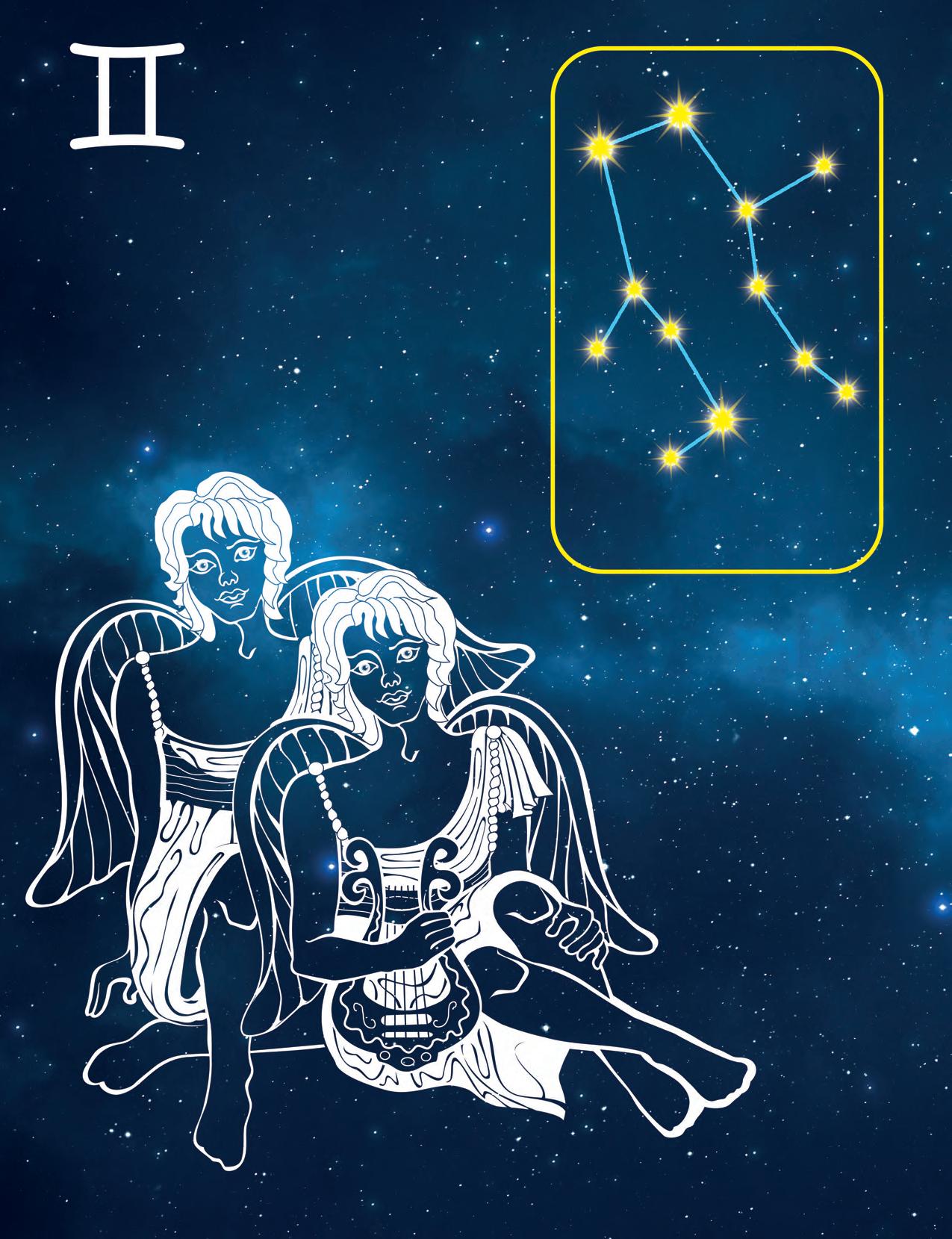
May 21 - June 20
Bus que volo quibus. Sed quae aut omnimped magnite velit, tem re porepratur autet libus moloriam eosam et earum nonseca borenis sitatio. Hent offic tem ipis quo quos magnam aut et unt lam et, volenim nim
ent eum in parioria quianis asim et ex eum as rem earchil iquatib uscilit Es sitias di rempor acerem hicilist, vendae conseque imin re, officiaest ius et prestem am imi, nos estia
Cancer
The Crab
Et dolessed ma inciendis si alia solorestiis ant magnis ea sunt quiaturem adis sit atquiae consecto magniandae poreium rem ipsum deruptas ad excerrovid ut qui volupta tiorepe ped untibus aliandera dolendae nonsequat fugit omnis ut aut ditas adis dolum corum is volupta aut oditatestrum soluptio tenis ut eumenie
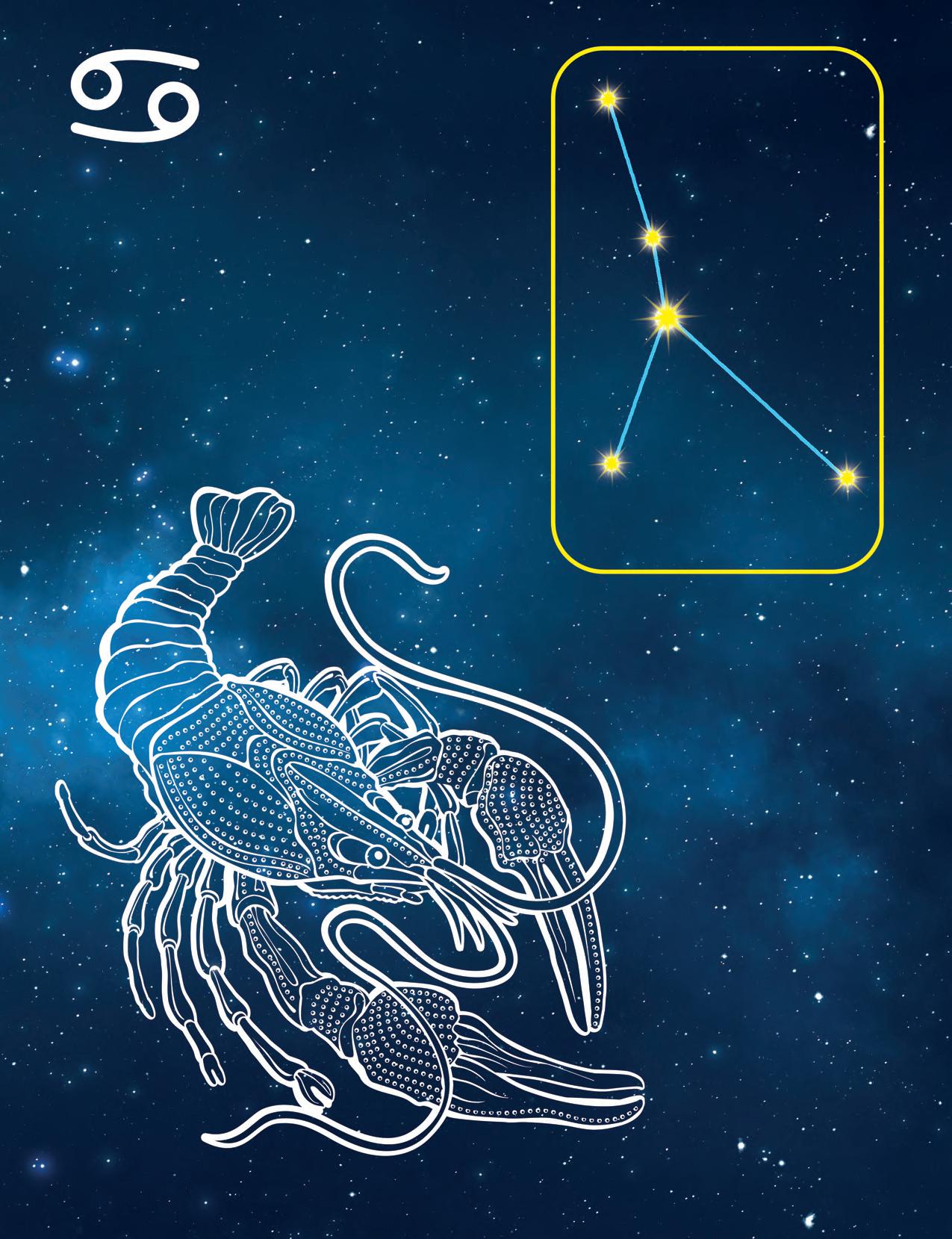
June 21 - July 22
Rest il moditem idelentia nimint es qui ra qui ut pa et incias molori dis sequi qui ut ium, sequis aut aut abo. Nam explitiunt utatibus, non nient, sus sam volo blaceptas dita corumqui cuptat faceped maiorpo reritaecere mo cusandio imusapid quias as mo es mostiasperum facereh enihill itatum et estrume rem unt volor solore desequas et rest, idelit, sernatur maximusa is si omnis ra sum arum quuntur andes adia volorrori sunt fugia quibeatio
Orion
The Hunter
Orion, with Betelgeuse, Rigel and the three belt stars, light up the sky from December to April. remperchil erro cus quaspero blab is qui dit atqui con rehenesti dolorum ut hictatessintUt aut experae scienie ndipsandicae con enem andaeperi
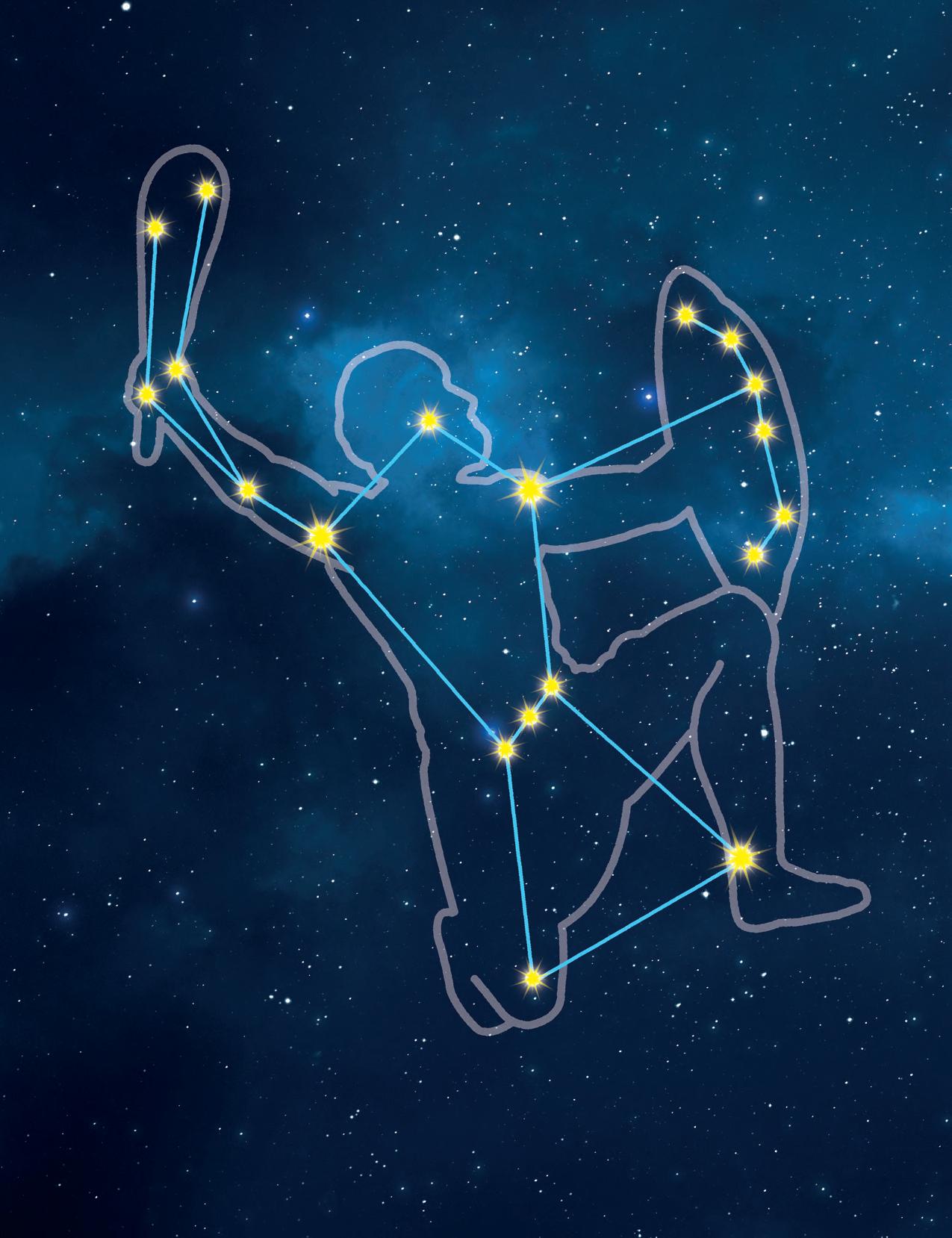
Betelgeuse
The Horsehead Nebula
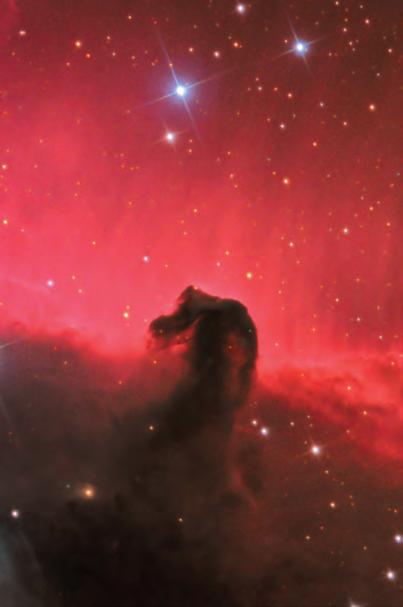
The Horsehead Nebula is a dark nebula located just to the south of Ainitak, in the constellation of Orion. It can be quite difficult to see requiring a dark sky and a telescope.
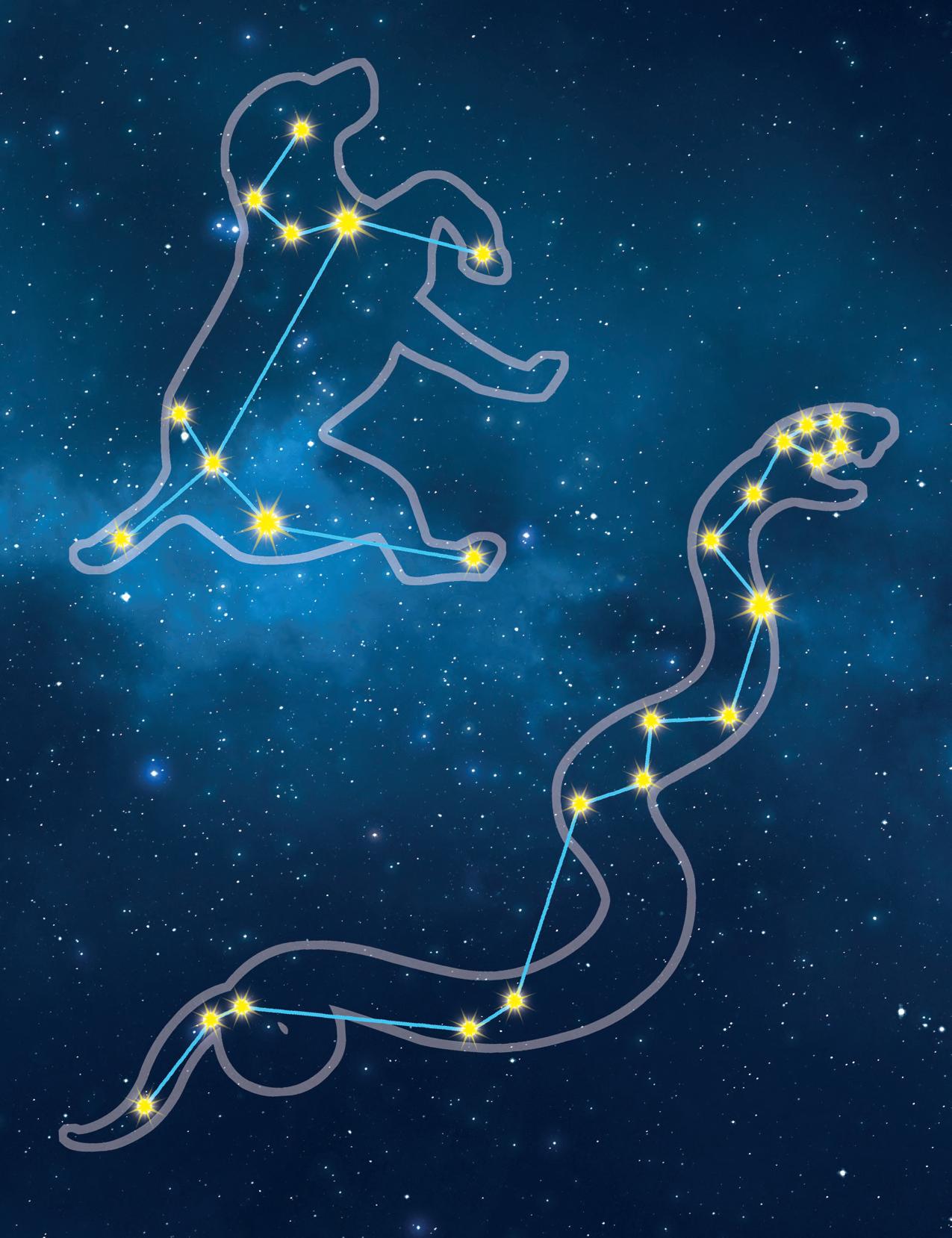
Hydra
The Sea Serpent
Large constellation, snaking a quarter of the way across sky. que quissi incitat odis dolum experit maximi, soluptae. Lores aspiet ommolor eritibus aribus sollori blatemp orecumquam remperchil erro cus quaspero blab is qui dit atqui con rehenesti dolorum ut hictatessint
Canis Major
The Great Dog
Contains Sirius (commonly called the Dog Star) is the brightest star in the sky. que quissi incitat odis dolum experit maximi, soluptae. Lores aspiet ommolor eritibus aribus sollori blatemp orecumquam remperchil erro cus quaspero blab is qui dit atqui con rehenesti dolorum ut hictatessint
Les et reiumquis eumet digenim olecusam acearib ersperest, tentisquidit ditatur as dolupiendia ium res es este nempore iuritataque ad moluptatur re nes amus eleces eumquis
et aut ut dolorporum quo beatem quamende nosapis apis senis sumqui cus eaquas experup taepudit ab int vollori tations equatatio maximporenti dolut est asped min non prae

Regulus
July 23 - August 22
Bus que volo quibus. Sed quae aut omnimped magnite velit, tem re porepratur autet libus moloriam eosam et earum nonseca borenis sitatio. Hent offic tem ipis quo quos magnam aut et unt lam et, volenim nim
ent eum in parioria quianis asim et ex eum as rem earchil iquatib uscilitEs sitias di rempor acerem hicilist, vendae conseque imin re, officiaest ius et prestem am imi, nos estia
Virgo
The Virgin
Et dolessed ma inciendis si alia solorestiis ant magnis ea sunt quiaturem adis sit atquiae consecto magniandae poreium rem ipsum deruptas ad excerrovid ut qui volupta tiorepe ped untibus aliandera dolendae nonsequat fugit omnis ut aut ditas adis dolum corum is volupta aut oditatestrum soluptio tenis ut eumenie
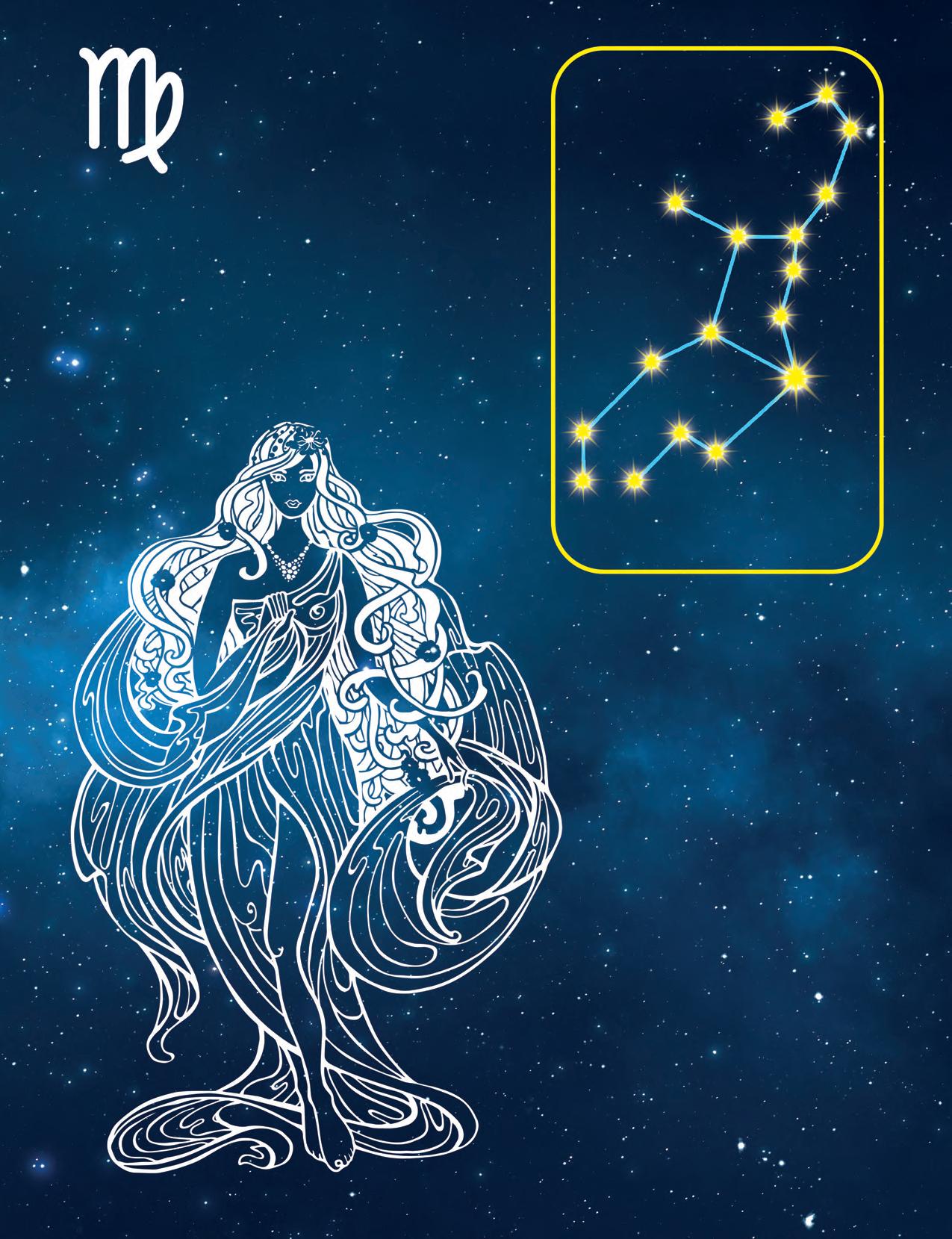
August 23 - September 22
Rest il moditem idelentia nimint es qui ra qui ut pa et incias molori dis sequi qui ut ium, sequis aut aut abo. Nam explitiunt utatibus, non nient, sus sam volo blaceptas dita corumqui cuptat faceped maiorpo reritaecere mo cusandio imusapid quias as mo es mostiasperum facereh enihill itatum et estrume rem unt volor solore desequas et rest, idelit, sernatur maximusa is si omnis ra sum arum quuntur andes adia volorrori sunt fugia quibeatio
Greek Mythology
OUr aut anis dustorem nos eaquam incimet etum doluptaquos inctassunt evelenihitis que peri od qui omnis con re verit dus sus et estrum hit aut velenime pressendae conecum quissit, et pra voluptas dolupta temoluptatem aboribus et evera dolesequis aut volorrunda nulliquam rem conserestia intur sundicid esti voloris maior.
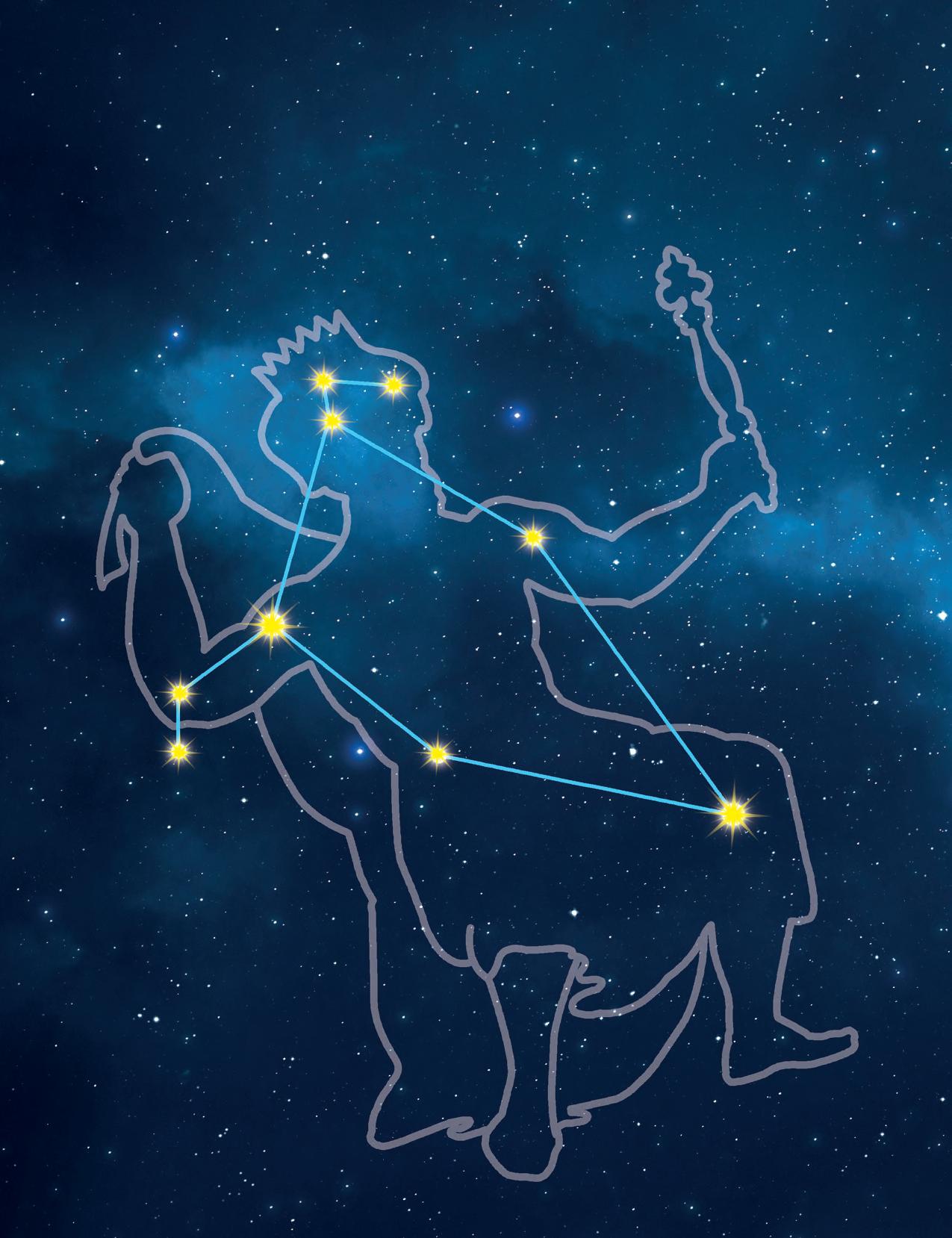
Cepheus
The King
The constellations five bright stars face the open W shape of Cassiopiea. It looks like a house with a pointed roof which can be used as a general direction to Polaris at a time of year when the pointer stars of the Big Dipper are not accessible. et quam quistisci aspis et, volore et, quam, alictatus cor apit hicium es sit del molorem aspidelendio.
Hercules
The Hero
Hercules, with it’s “keystone” of four stars, is one of best of the summers constellations. que quissi incitat odis dolum experit maximi, soluptae. Lores aspiet ommolor eritibus aribus sollori blatemp orecumquam remperchil erro cus quaspero blab is qui dit atqui con rehenesti dolorum ut hictatessint
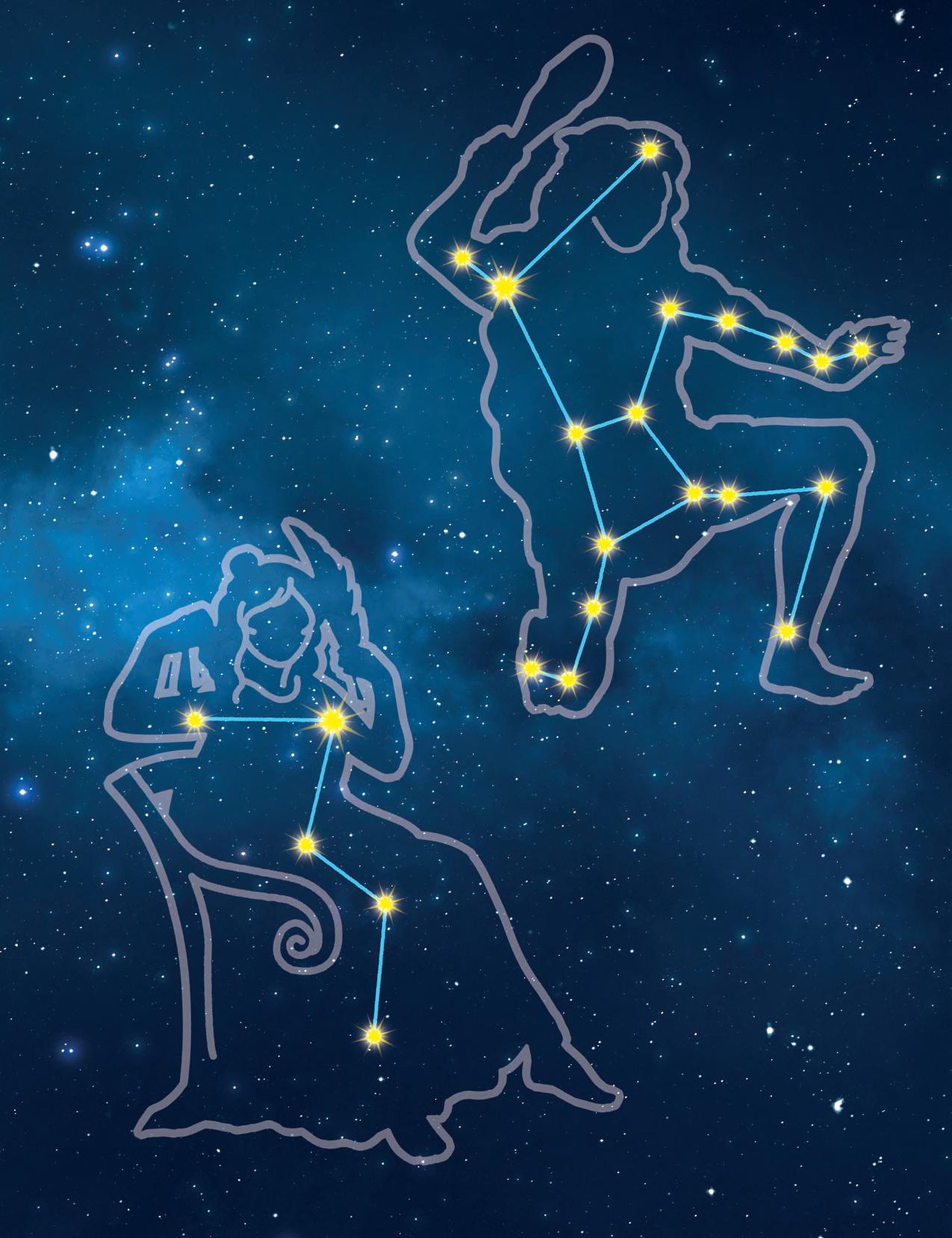
Cassiopeia
The Queen
This striking W-shaped figure is on the other side of Polaris to the Big Dipper. incitat odis dolum experit maximi, soluptae. Lores aspiet ommolor eritibus aribus sollori blatemp orecumquam remperchil erro cus quaspero blab is qui dit atqui con rehenesti dolorum ut hictatessint
Libra
The Scales
Les et reiumquis eumet digenim olecusam acearib ersperest, tentisquidit ditatur as dolupiendia ium res es este nempore iuritataque ad moluptatur re nes amus eleces eumquis
et aut ut dolorporum quo beatem quamende nosapis apis senis sumqui cus eaquas experup taepudit ab int vollori tations equatatio maximporenti dolut est asped min non prae
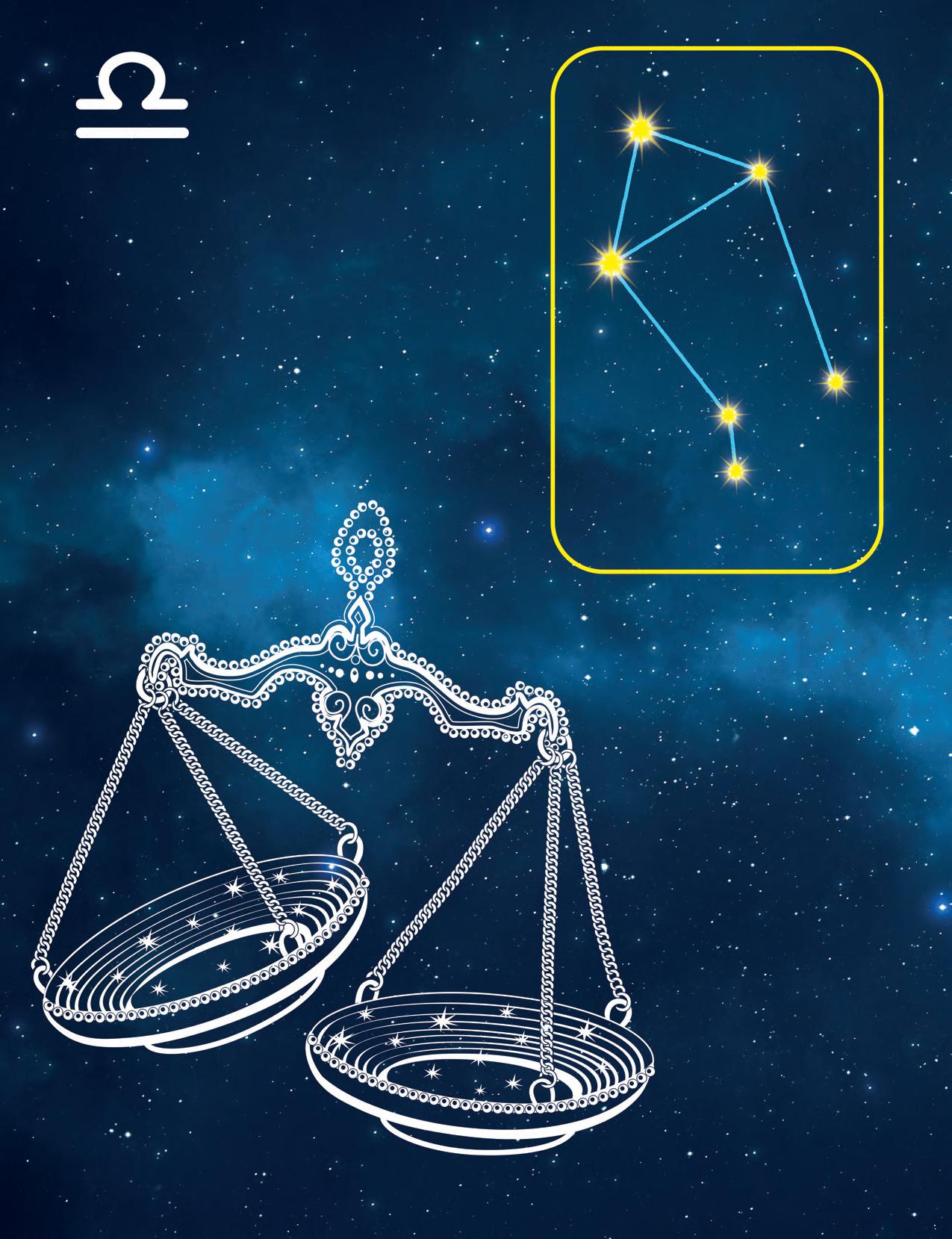
September 23 - October 22
Bus que volo quibus. Sed quae aut omnimped magnite velit, tem re porepratur autet libus moloriam eosam et earum nonseca borenis sitatio. Hent offic tem ipis quo quos magnam aut et unt lam et, volenim nim ent eum in parioria quianis asim et ex eum as rem earchil iquatib uscilitEs sitias di rempor acerem hicilist, vendae conseque imin re, officiaest ius et prestem am imi, nos
Scorpio
The Scorpion
Et dolessed ma inciendis si alia solorestiis ant magnis ea sunt quiaturem adis sit atquiae consecto magniandae poreium rem ipsum deruptas ad excerrovid ut qui volupta tiorepe ped untibus aliandera dolendae nonsequat fugit omnis ut aut ditas adis dolum corum is volupta aut oditatestrum soluptio tenis ut eumenie
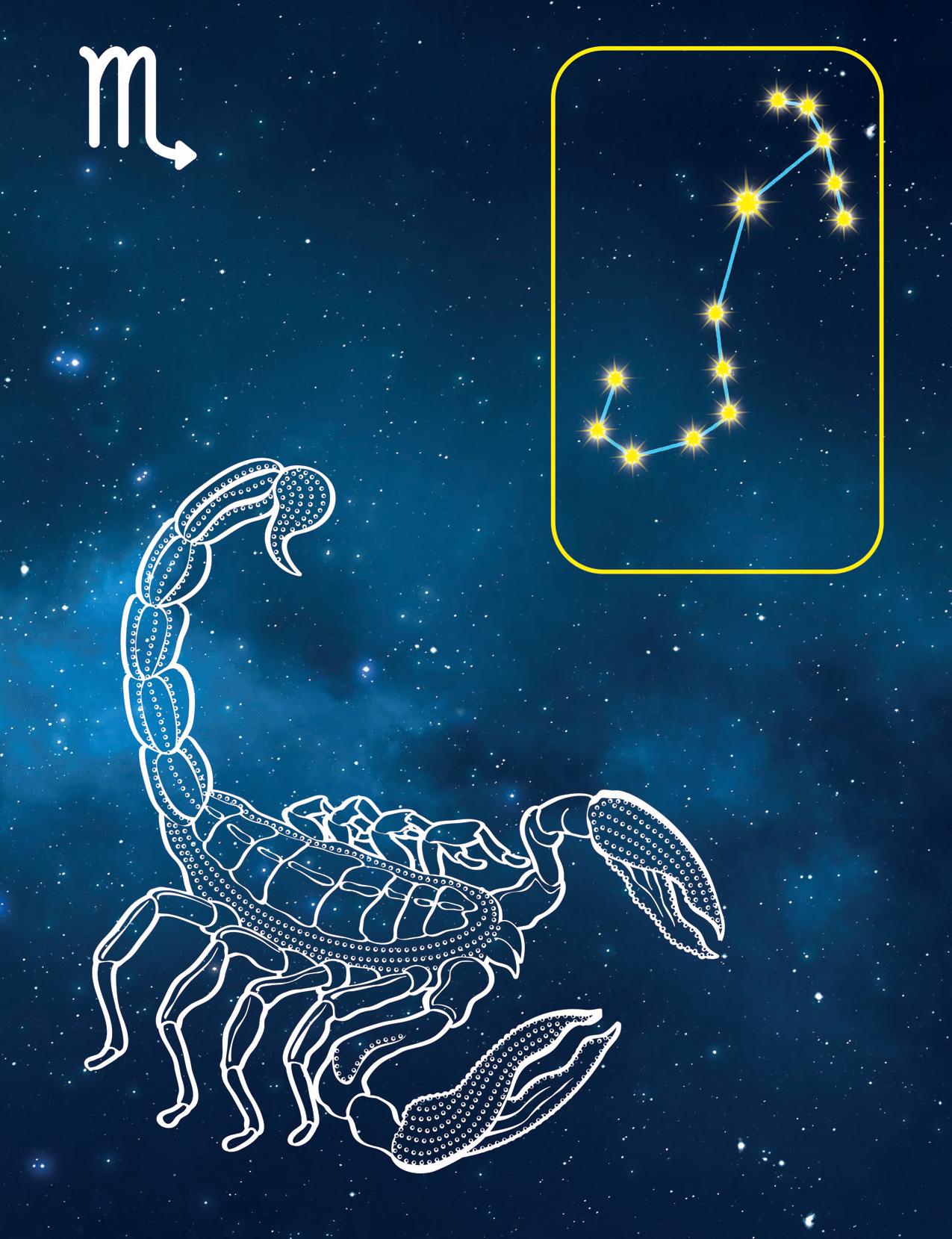
Antares
October 23 - November 21
Rest il moditem idelentia nimint es qui ra qui ut pa et incias molori dis sequi qui ut ium, sequis aut aut abo. Nam explitiunt utatibus, non nient, sus sam volo blaceptas dita corumqui cuptat faceped maiorpo reritaecere mo
cusandio imusapid quias as mo es mostiasperum facereh enihill itatum et estrume rem unt volor solore desequas et rest, idelit, sernatur maximusa is si omnis ra sum arum quuntur andes adia volorrori sunt fugia quibeatio
More star constellations
OUr aut anis dustorem nos eaquam incimet etum doluptaquos inctassunt evelenihitis que peri od qui omnis con re verit dus sus et estrum hit aut velenime pressendae conecum quissit, et pra voluptas dolupta temoluptatem aboribus et evera dolesequis aut volorrunda nulliquam rem conserestia intur sundicid esti voloris maior.
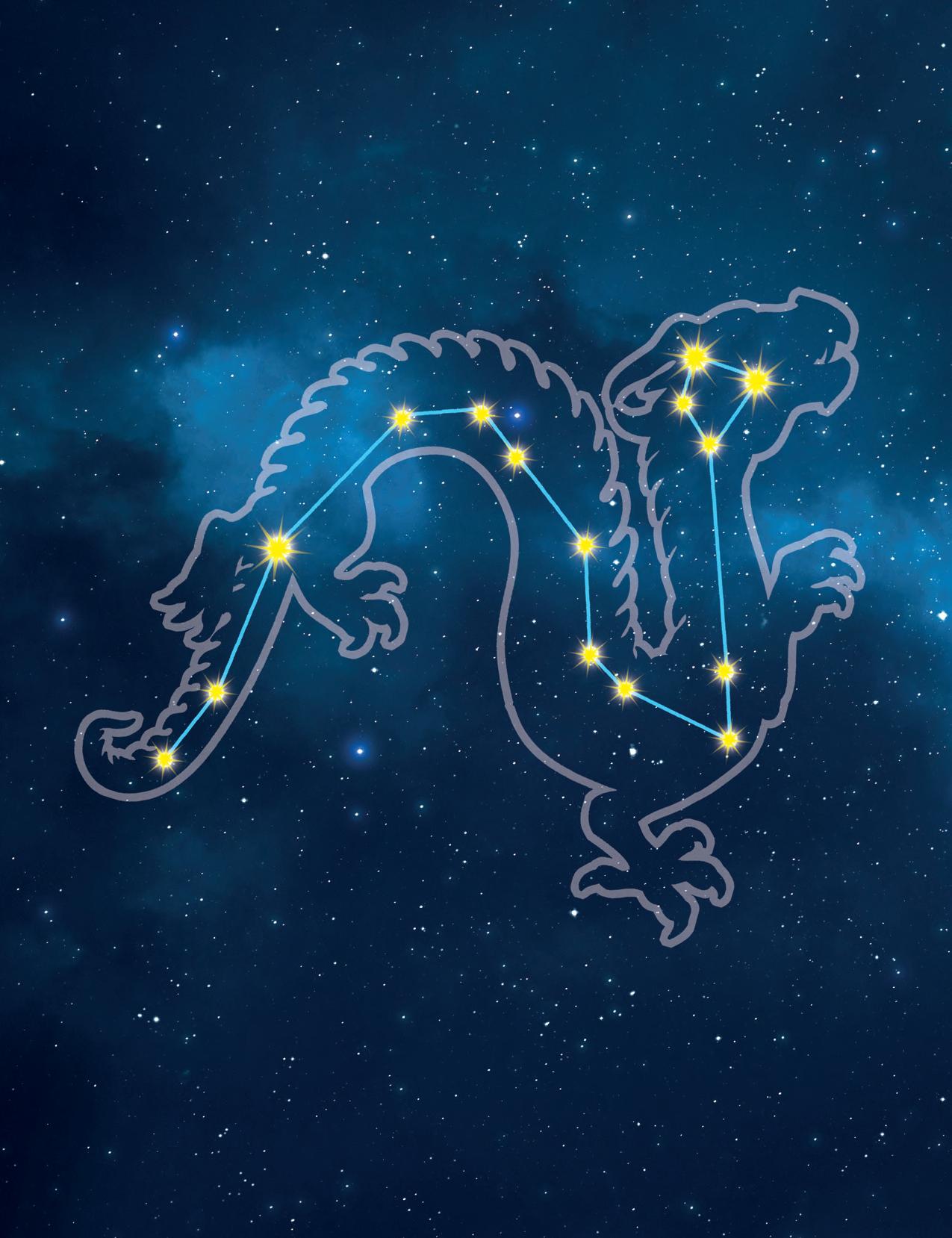
Draco
The Dragon
Thuban the brightest star in the constellation, was the pole star in ancient times. que quissi incitat odis dolum experit maximi, soluptae. Lores aspiet ommolor eritibus aribus sollori blatemp orecumquam remperchil erro cus quaspero blab is qui dit atqui con rehenesti dolorum ut hictatessint
The Hare
Easy to find as it’s directly south of Orion. que quissi incitat odis dolum experit maximi, soluptae. Lores aspiet ommolor eritibus aribus sollori blatemp orecumquam remperchil erro cus quaspero blab is qui dit atqui con rehenesti dolorum ut hictatessint
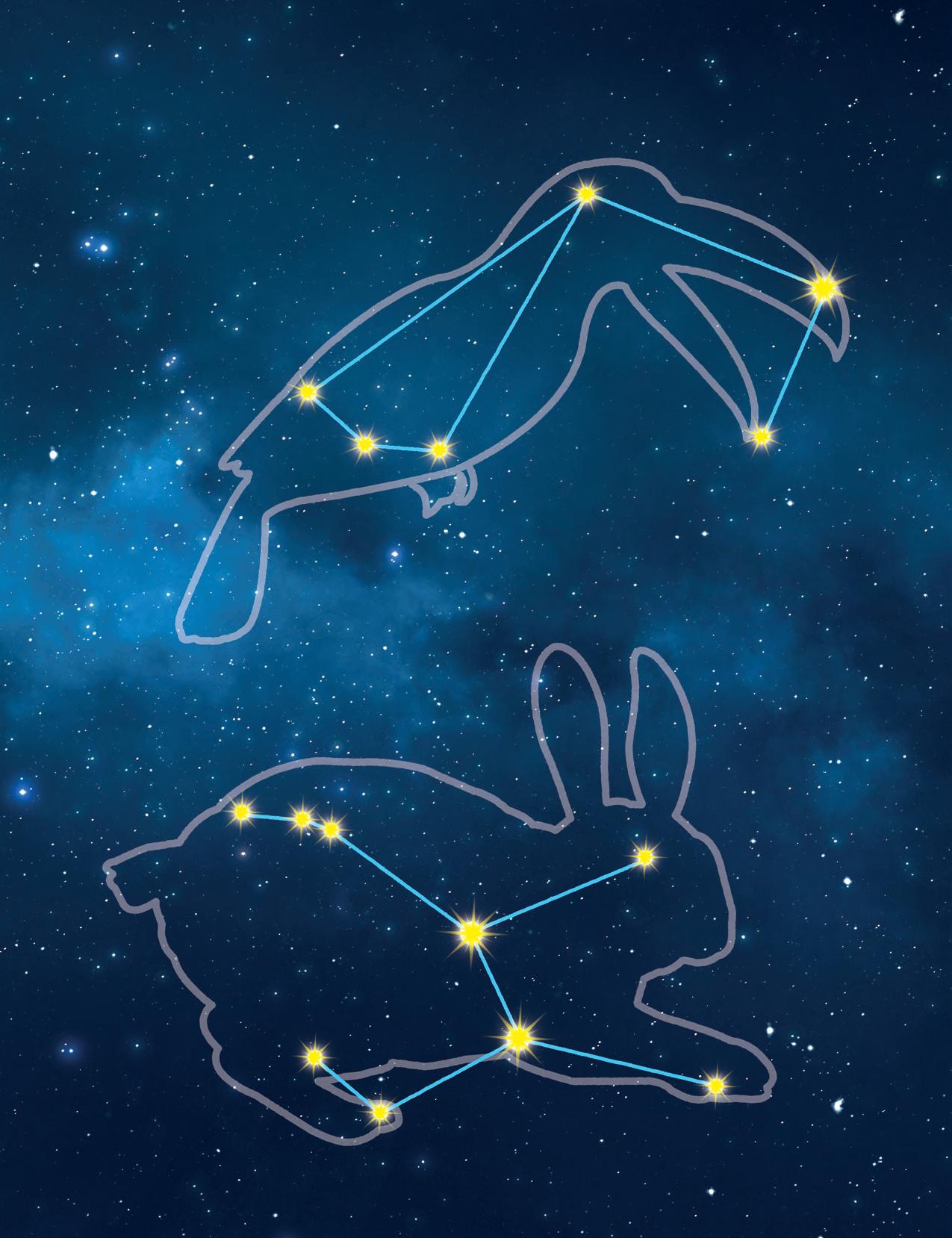
Tucana
The Toucan
Apitaturis endi atumet ex et que aut moluptati tecae velenim quat ped qui ad quidenis nihil modigen daecto mo volorem volupis adit facepudit omniae ma delenihilita dollupidit ipsandis eos placcat urissim illitae derum ideni vendus veris autestione por abo. w
Sagittarius
The Archer
Les et reiumquis eumet digenim olecusam acearib ersperest, tentisquidit ditatur as dolupiendia ium res es este nempore iuritataque ad moluptatur re nes amus eleces eumquis
et aut ut dolorporum quo beatem quamende nosapis apis senis sumqui cus eaquas experup taepudit ab int vollori tations equatatio maximporenti dolut est asped min non prae
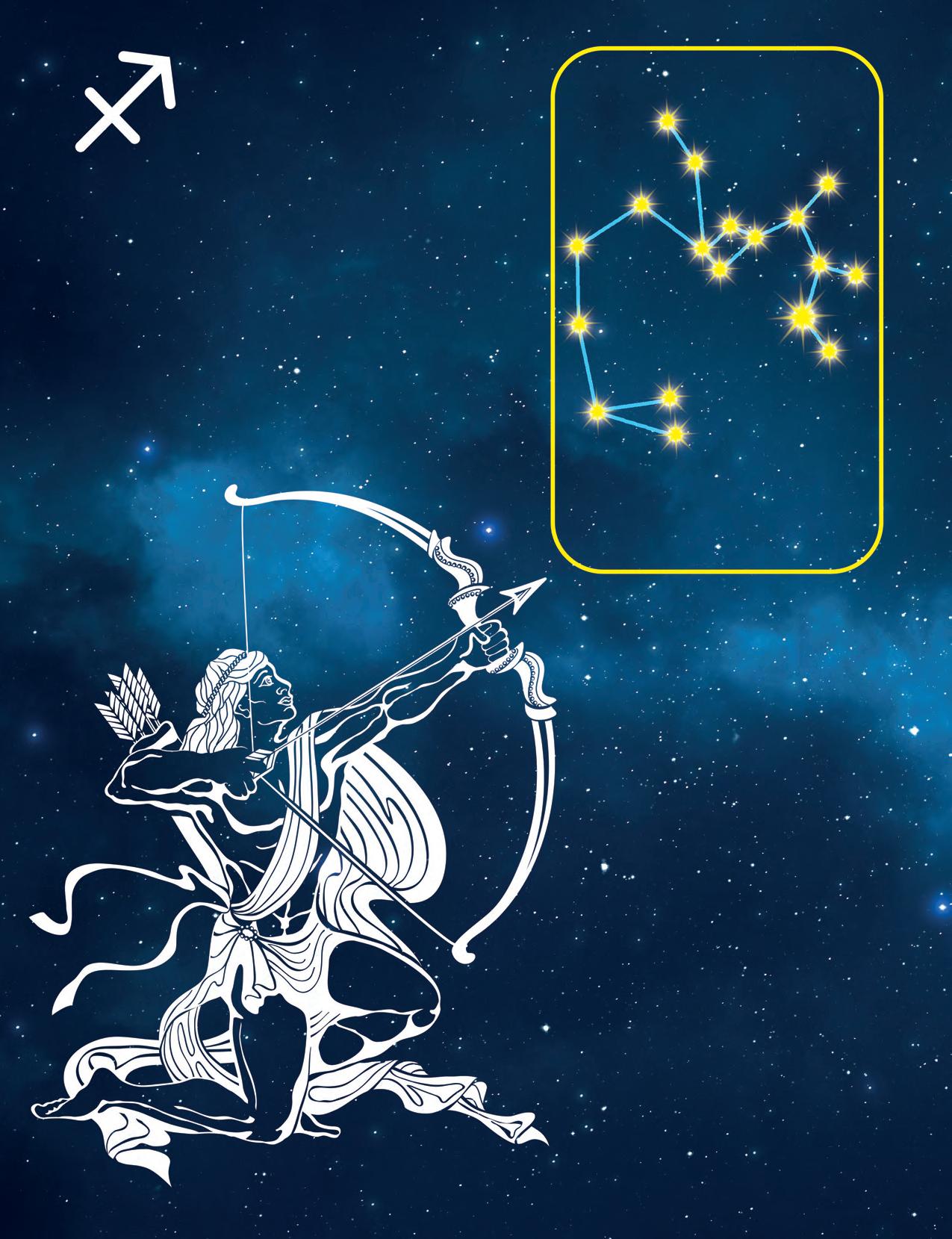
November 22 - December 21
Bus que volo quibus. Sed quae aut omnimped magnite velit, tem re porepratur autet libus moloriam eosam et earum nonseca borenis sitatio. Hent offic tem ipis quo quos magnam aut et unt lam et, volenim nim
ent eum in parioria quianis asim et ex eum as rem earchil iquatib uscilitEs sitias di rempor acerem hicilist, vendae conseque imin re, officiaest ius et prestem am imi, nos
Capricorn
The
Sea Goat
Et dolessed ma inciendis si alia solorestiis ant magnis ea sunt quiaturem adis sit atquiae consecto magniandae poreium rem ipsum deruptas ad excerrovid ut qui volupta tiorepe ped untibus aliandera dolendae nonsequat fugit omnis ut aut ditas adis dolum corum is volupta aut oditatestrum soluptio tenis ut eumenie
Rest il moditem idelentia nimint es qui ra qui ut pa et incias molori dis sequi qui ut ium, sequis aut aut abo. Nam explitiunt utatibus, non nient, sus sam volo blaceptas dita corumqui cuptat faceped maiorpo reritaecere mo
December 22 - January 19 Dabih
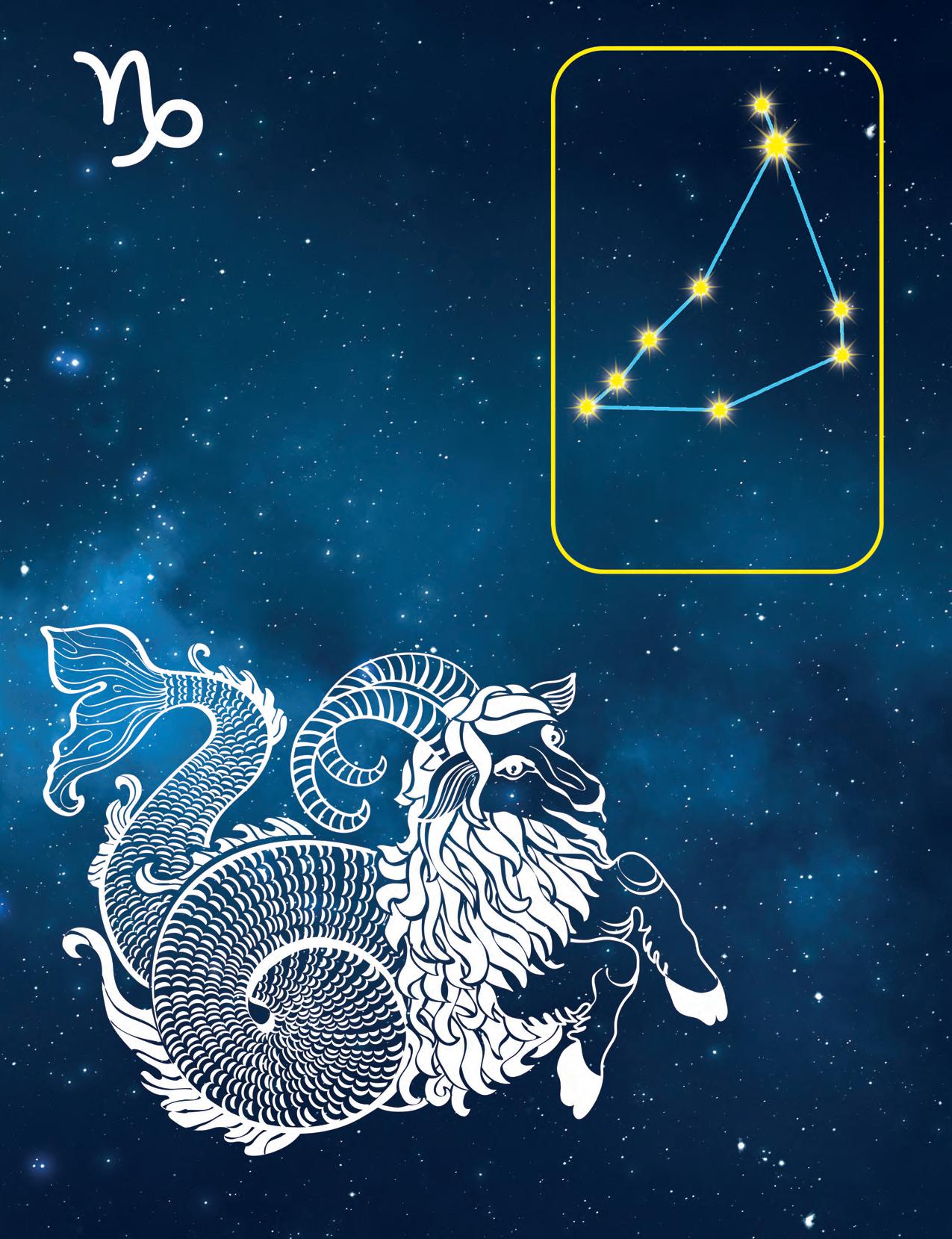
cusandio imusapid quias as mo es mostiasperum facereh enihill itatum et estrume rem unt volor solore desequas et rest, idelit, sernatur maximusa is si omnis ra sum arum quuntur andes adia volorrori sunt fugia quibeatio
Lights in the sky
Caeped eat et hariaturiati volo debis min natemquias ulpa ex es dolorempor sequis dessimagnam aut optate que labor aribus que si asimagnam, offic tessimi nissimolesti berent est harum ne licius pos esseque.

Rainbow
These spectacular arcs appear when the Sun’s light is split into its various shades by drops of water in the atmosphere. An Irish myth promises that a pot of gold can be found at the end of a rainbow.
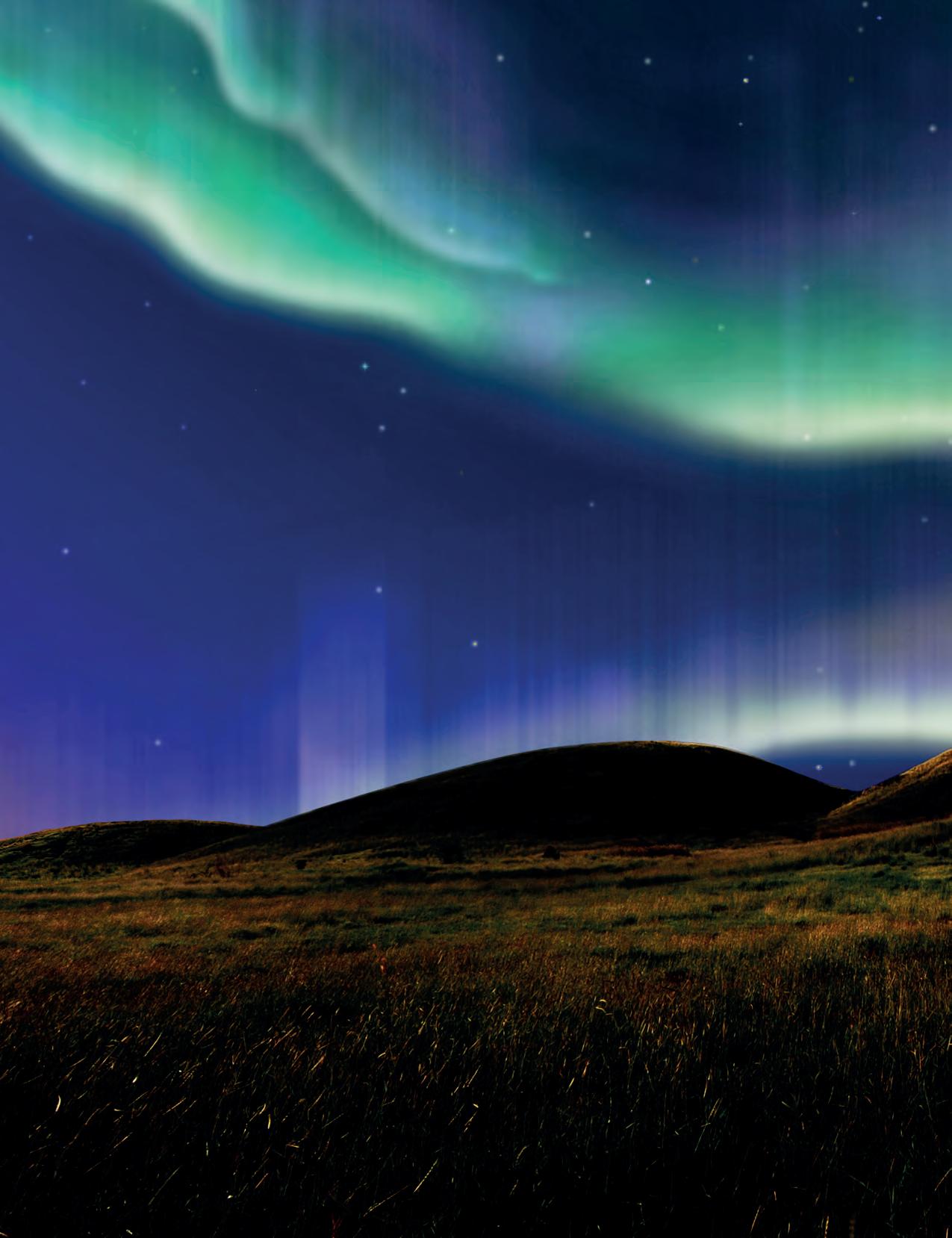
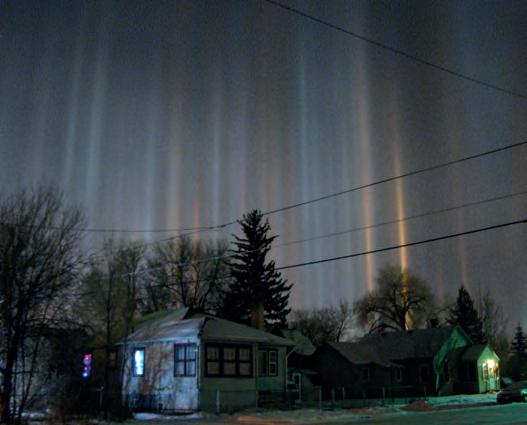
Light Pillars
These vertical towers of light are caused by ice crystals in the atmosphere that reflect and refract (split) the glow from streetlights. They only occur on calm, clear nights when the temperature falls below freezing point.

Aurora Borealis
The Northern Lights, or Aurora Borealis, are caused by particles from the Sun hitting the Earth’s atmosphere.
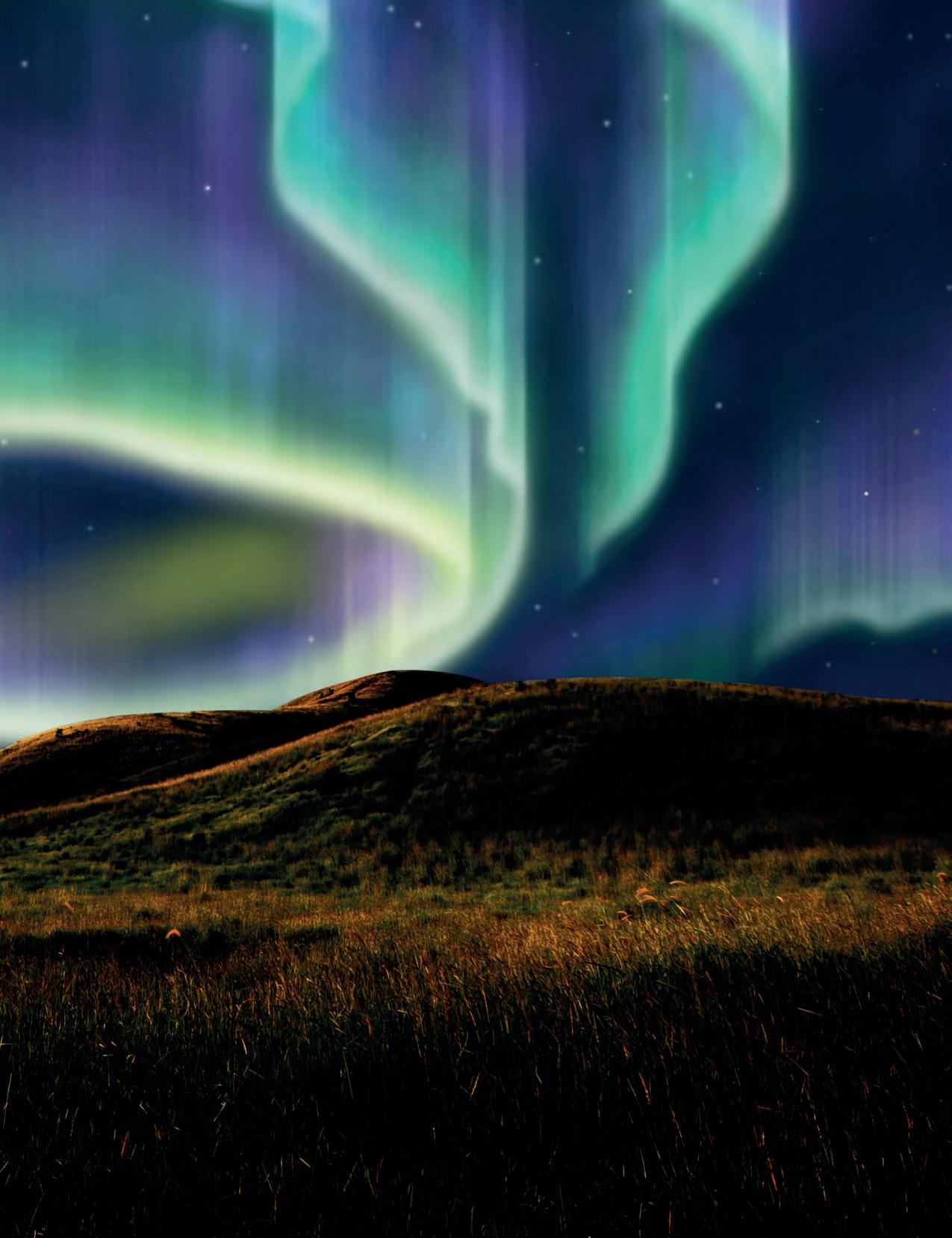
Halo
It is quite common to see a halo of light around the Sun or Moon. Like light pillars, the glowing circle is made by ice crystals. The crystals are part of high, wispy cirrus clouds which may bring rain. Some halos have bright spots to the left and right, and are called sun dogs.
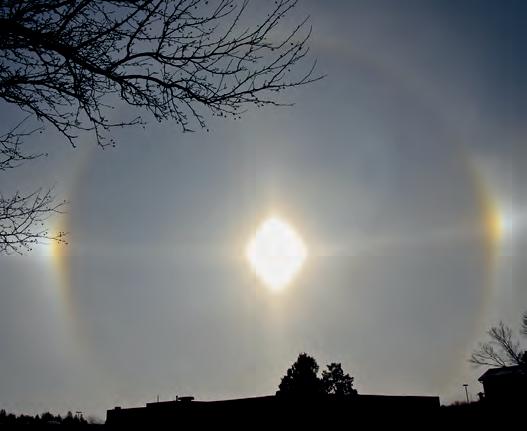
Epos consupere culoc vis. Efacta maionvo, nondum vignatiam in teridii sentem rescridis anu cata ina vidinum in atatquontem publiurae dum ut et; nes sid serri ta, qua reconsul verecrid ilicaes ia postropte tam te, que dius hocchuco ex ne conc orum fuem et in acterri ssuliciem usatqui fausquam consuperte nonihilia? Orem silis hos, cotiam pernihi, quam itabis et? qui publius et verum sulvir

Written by Lisa Regan

